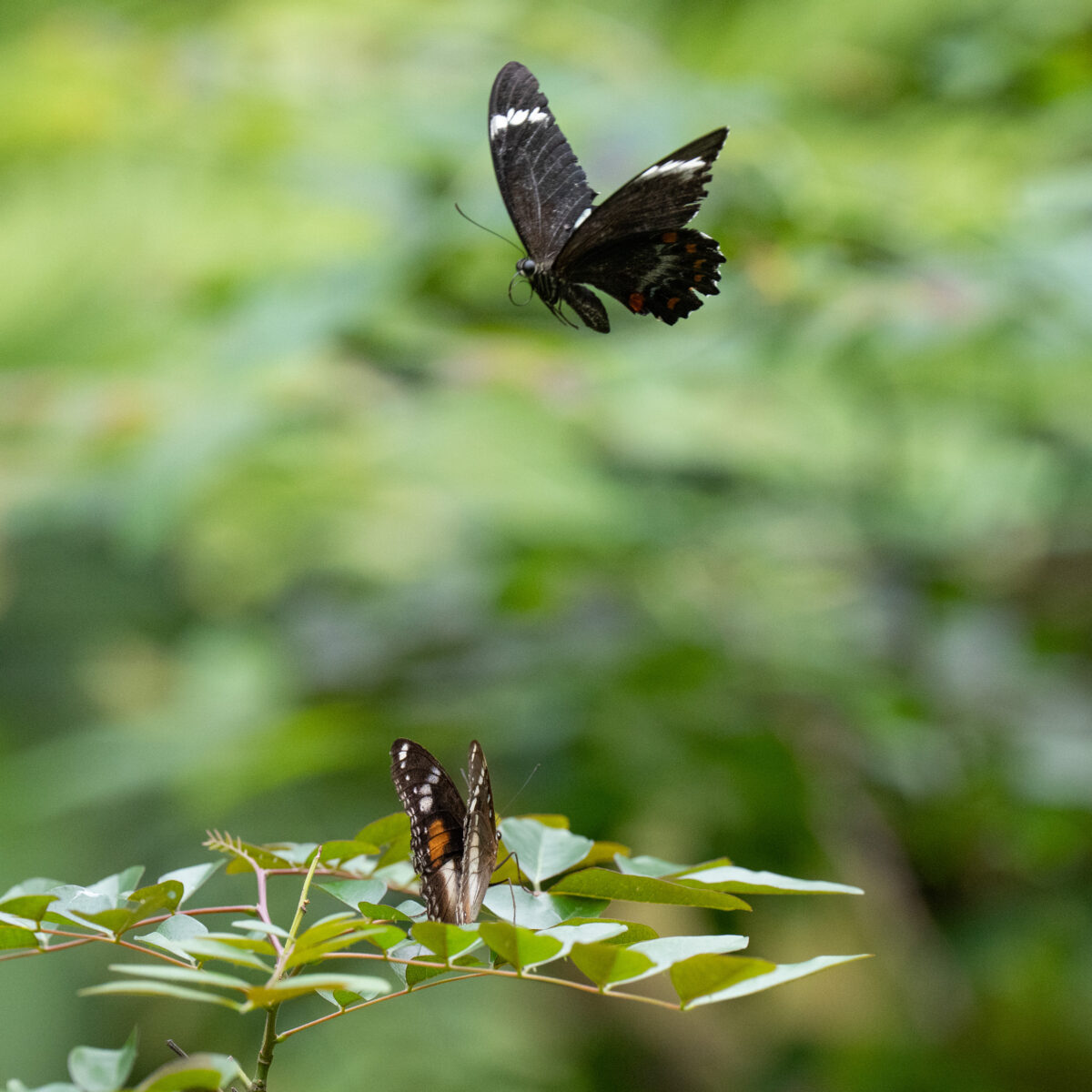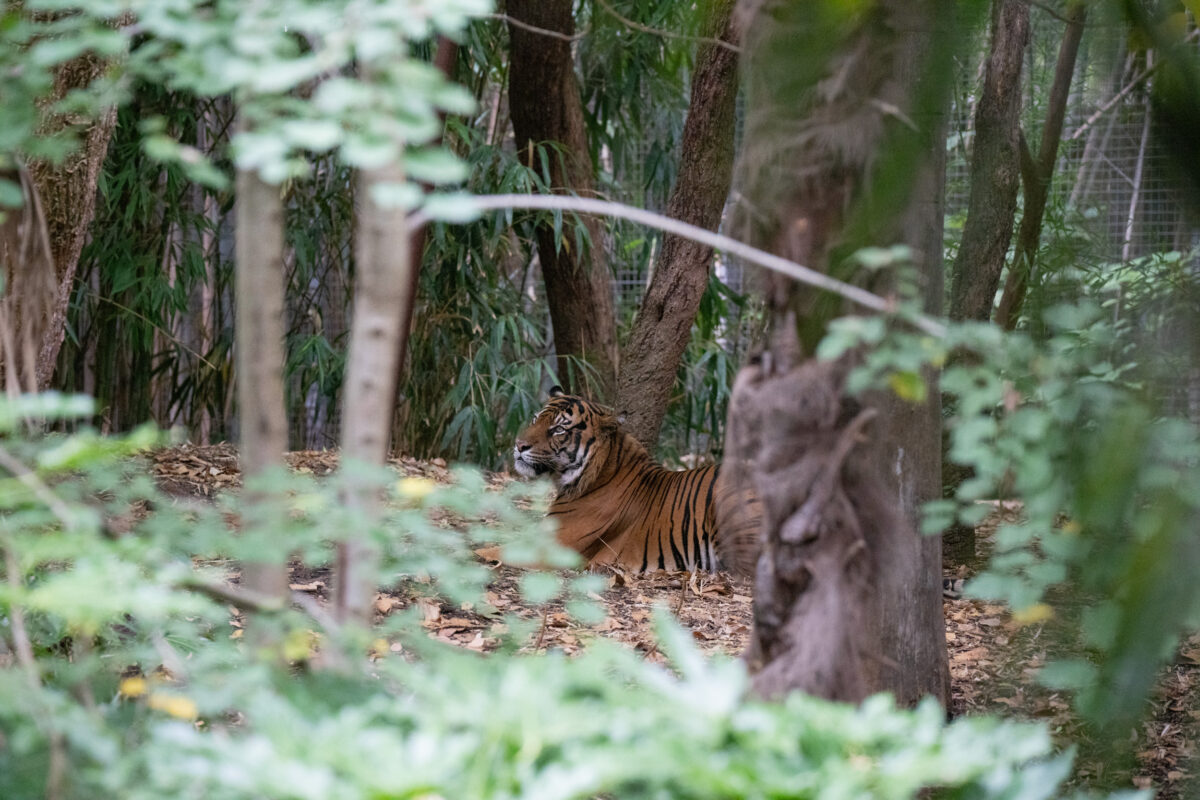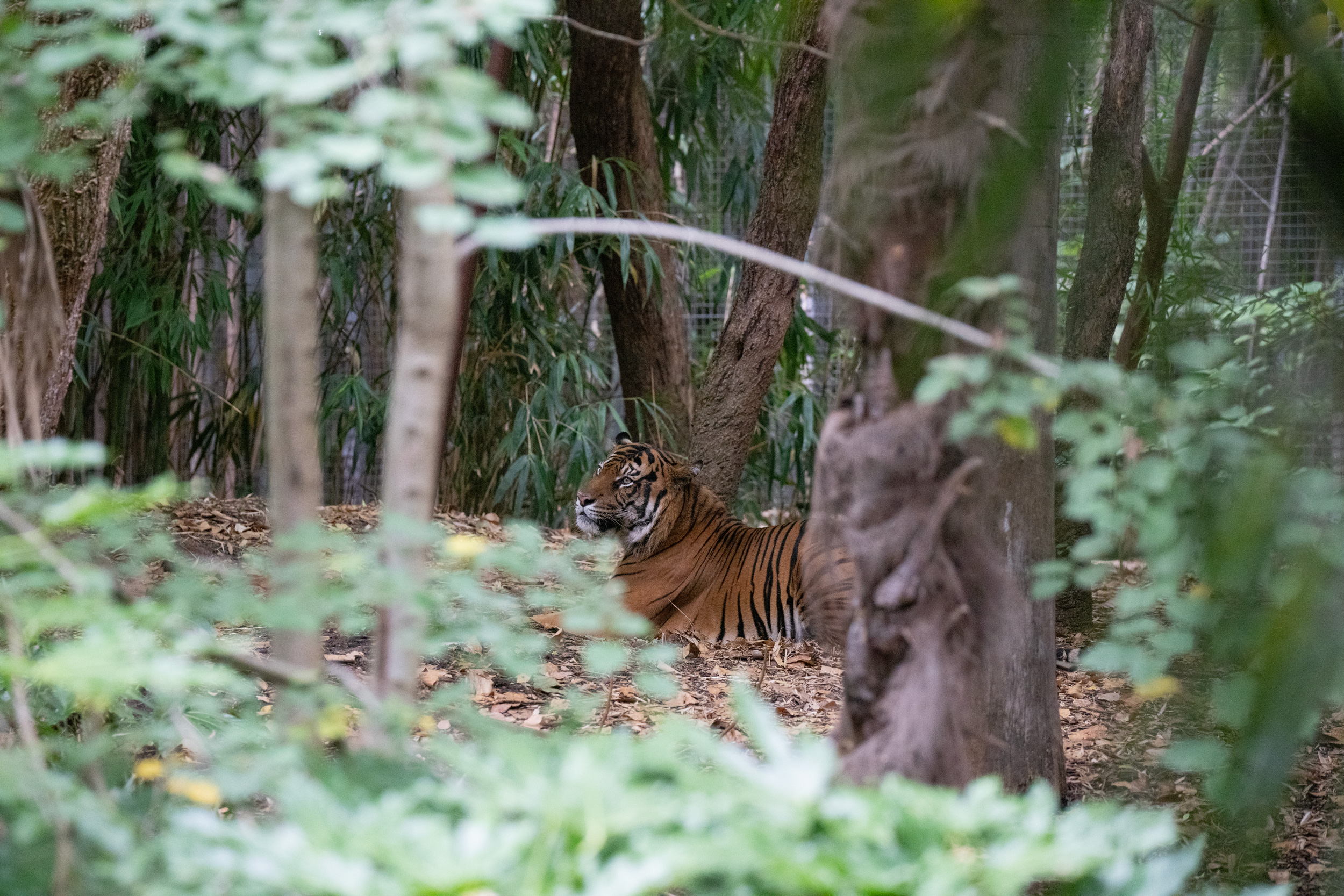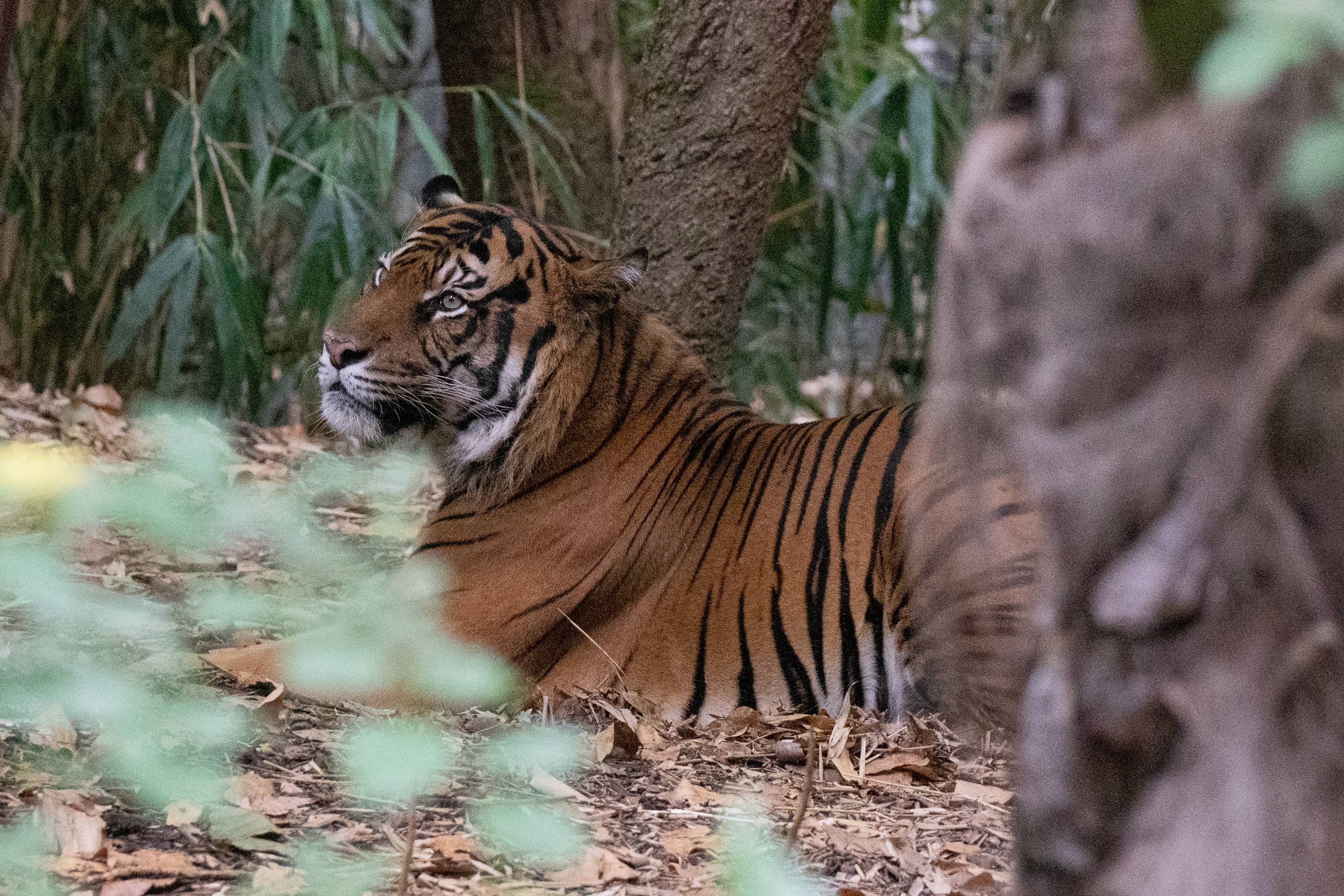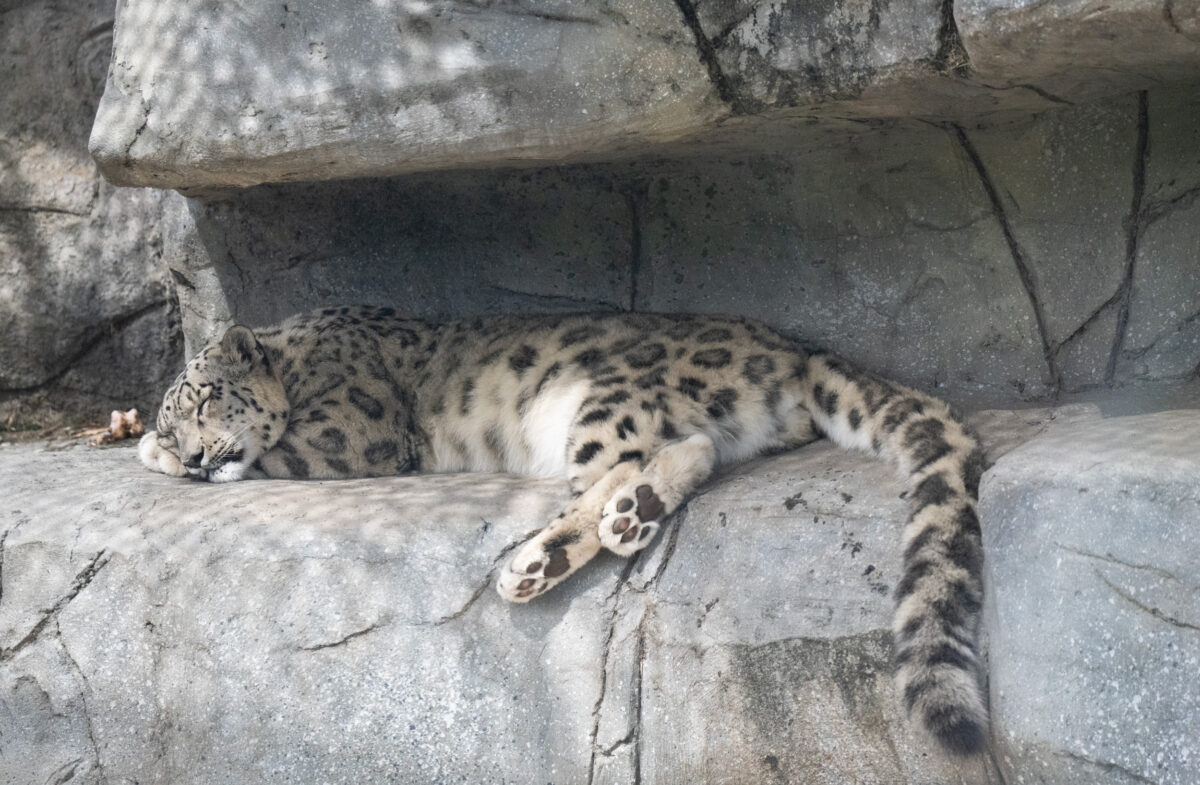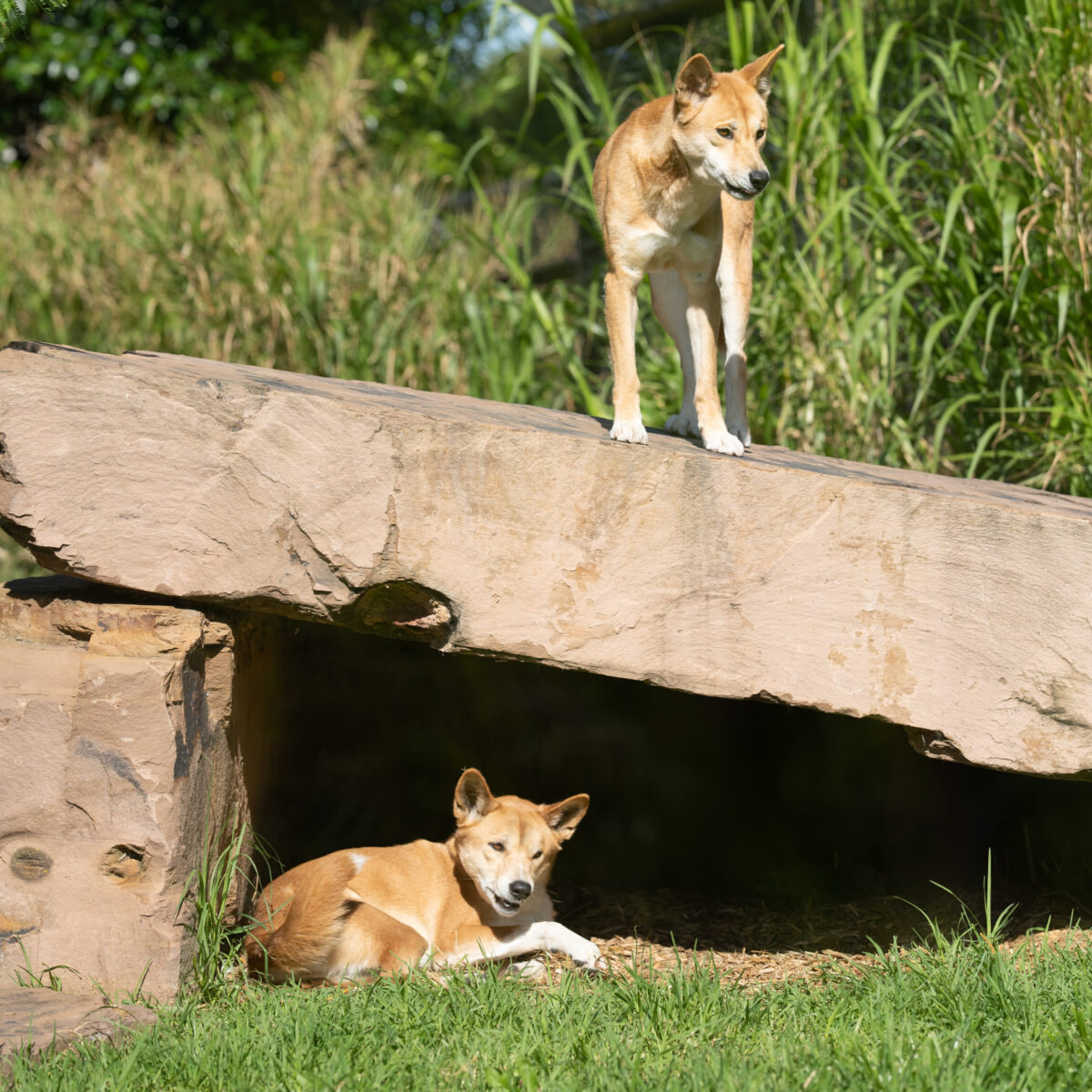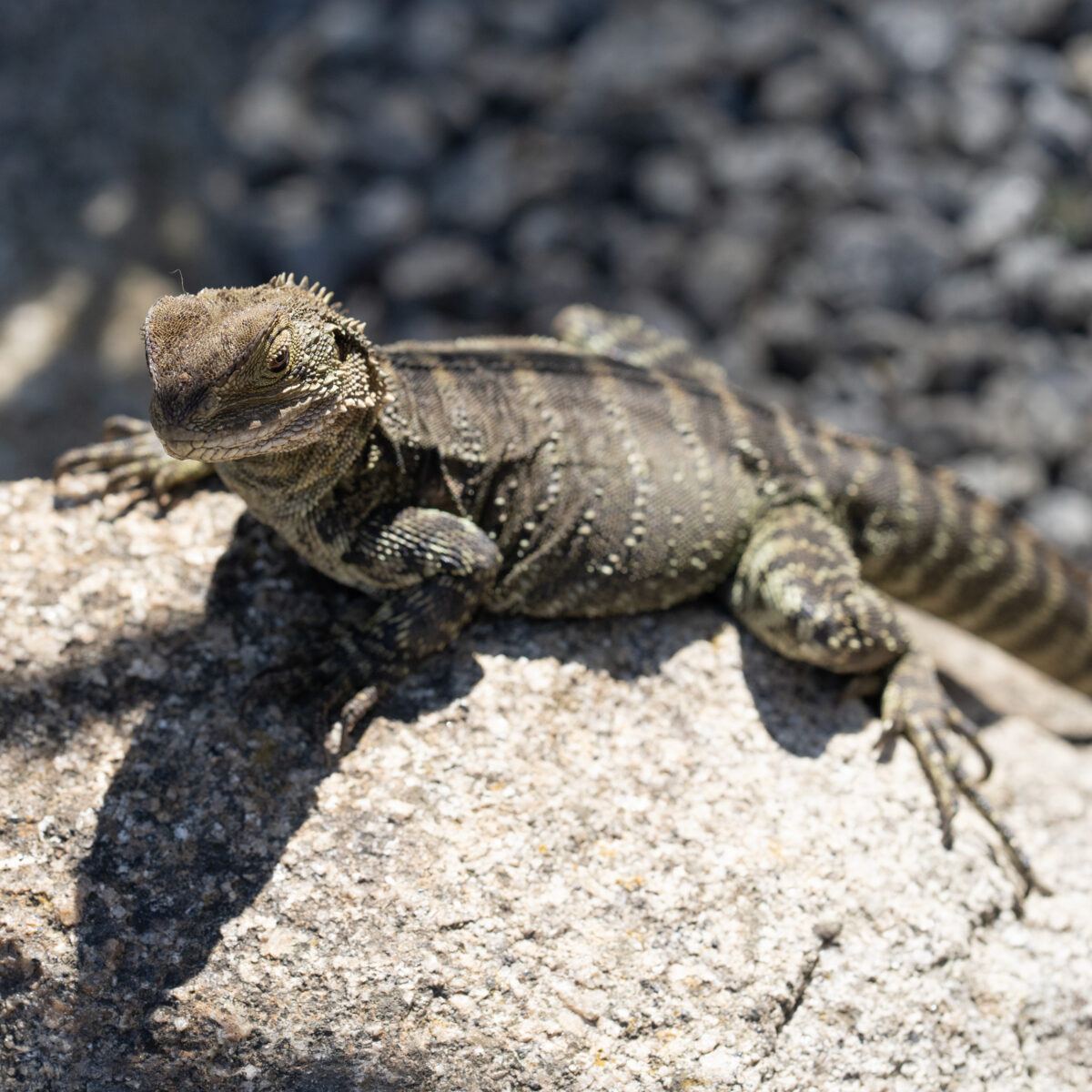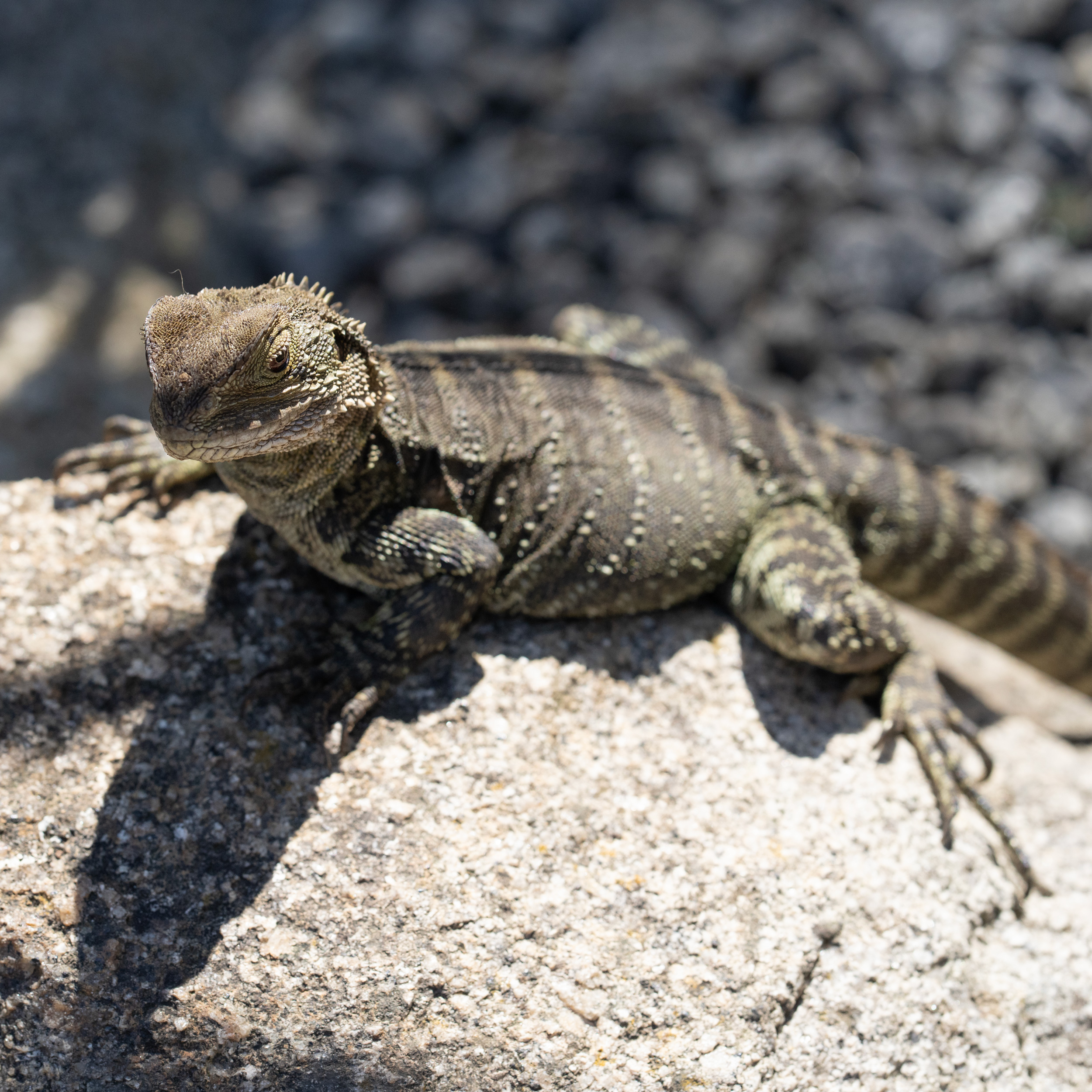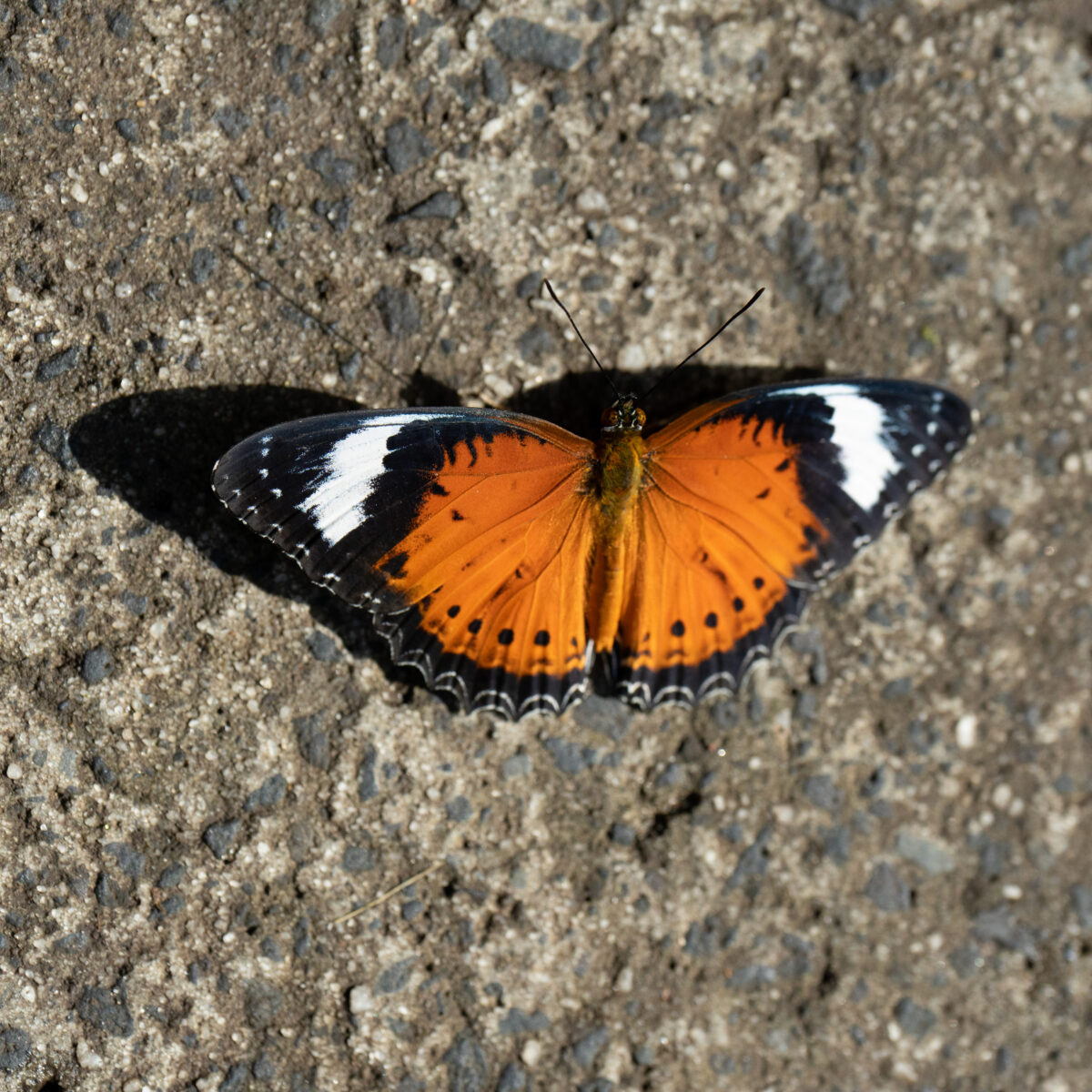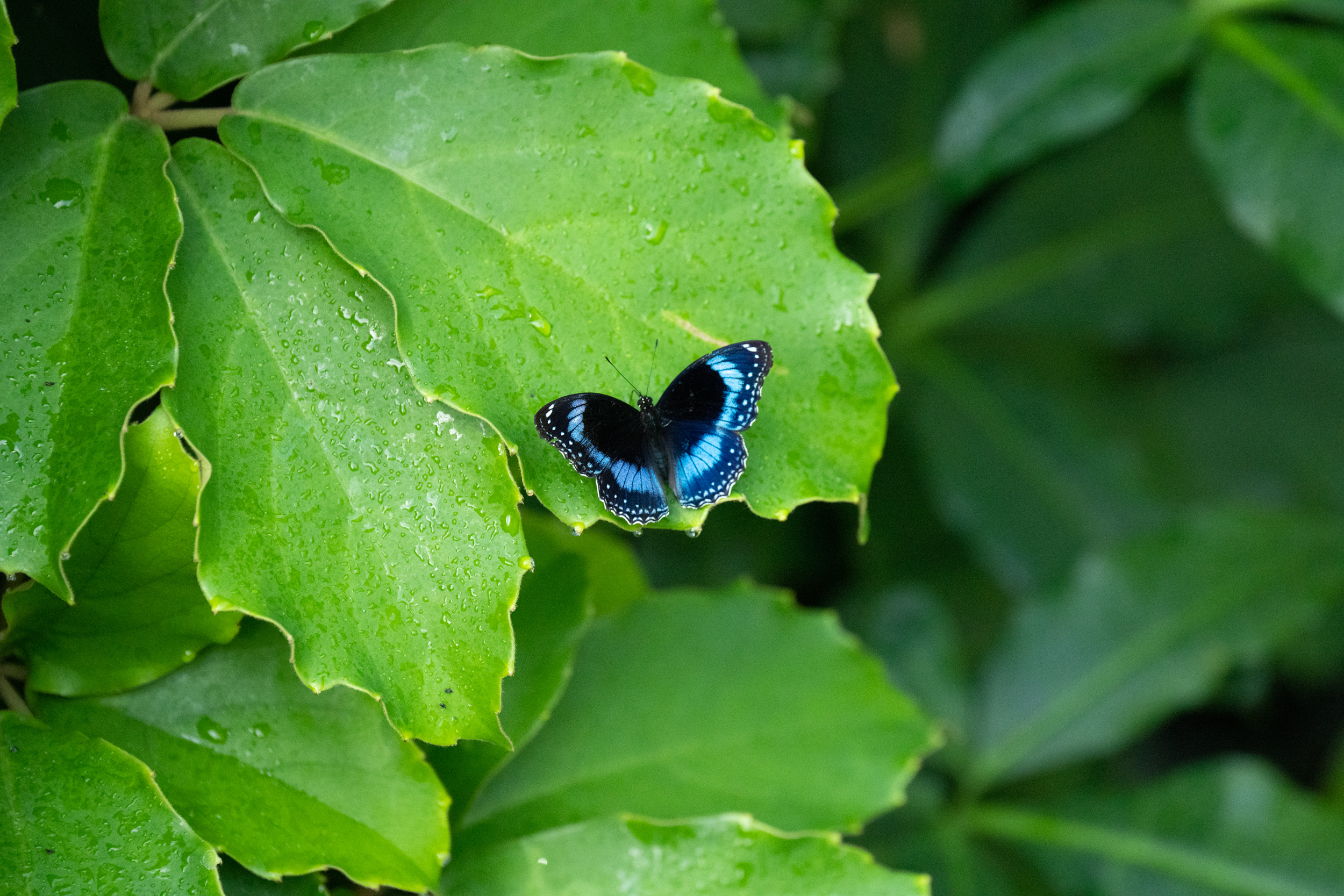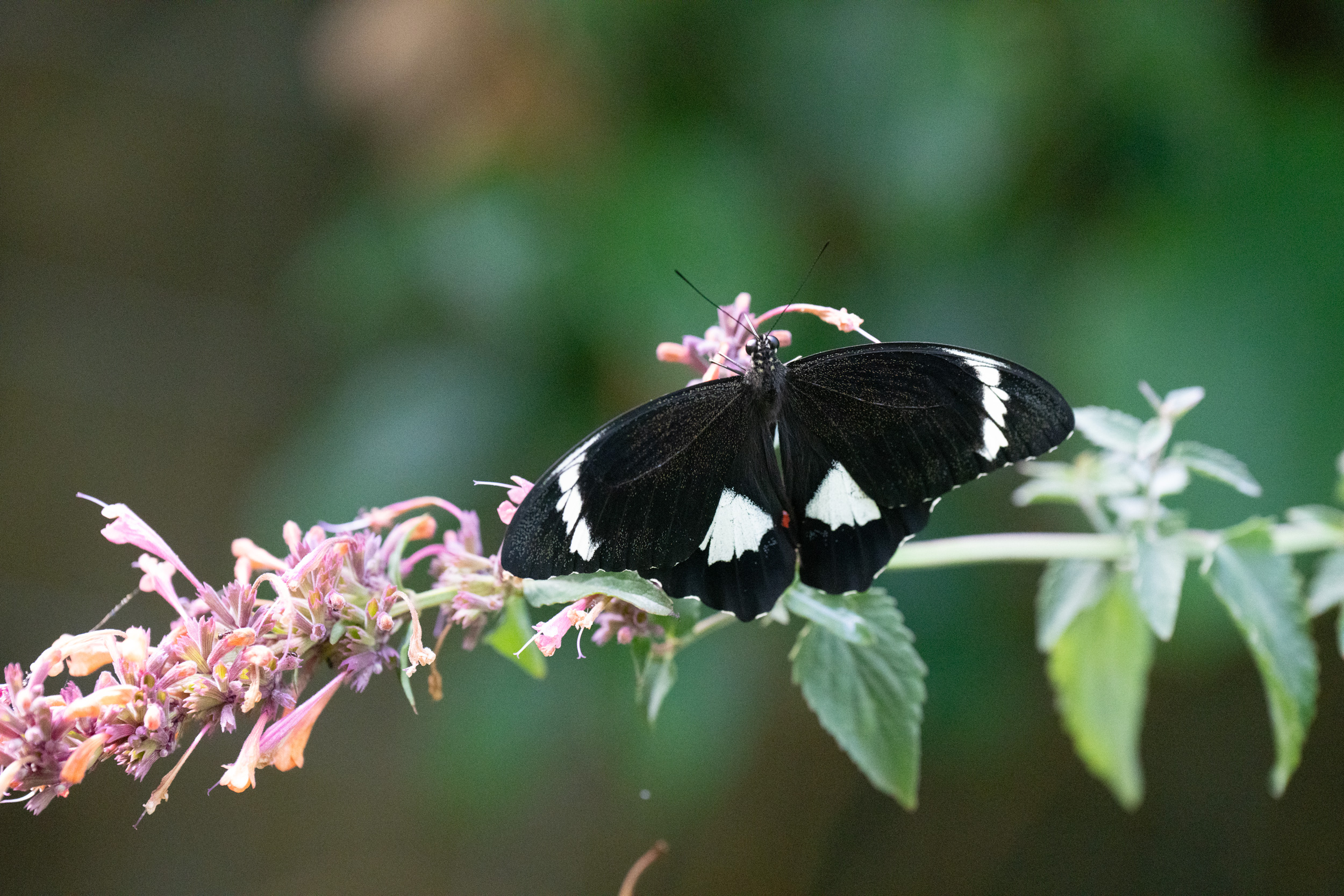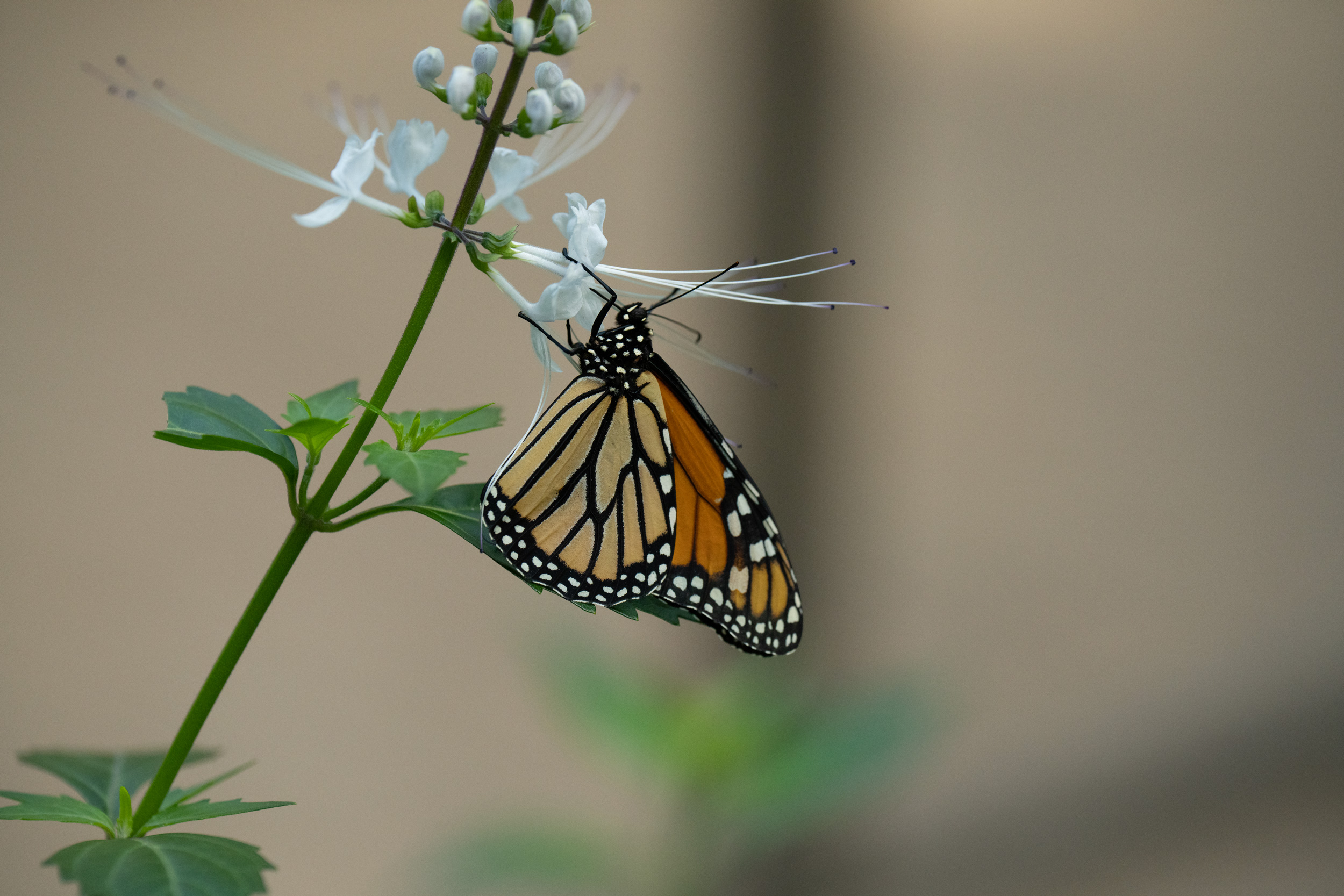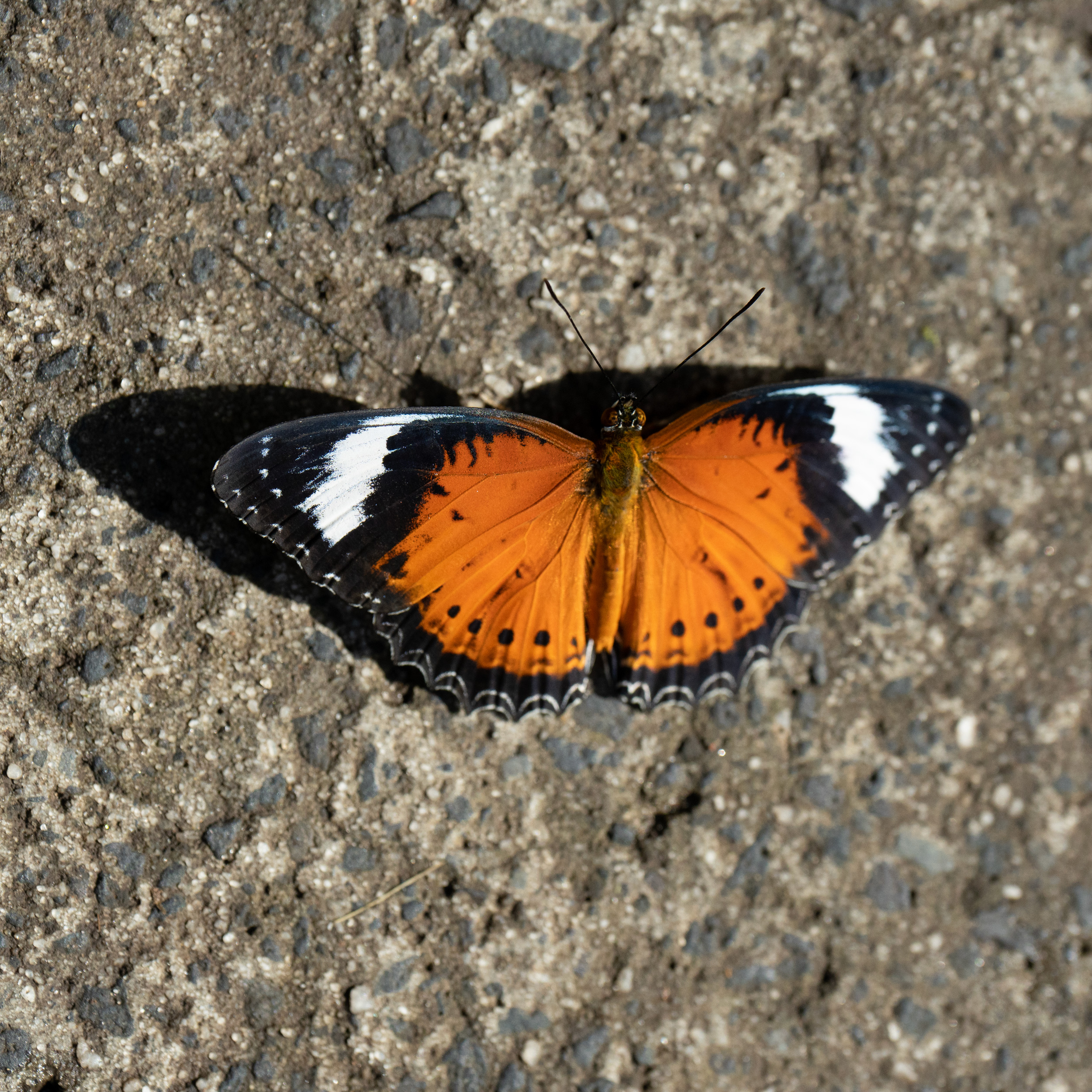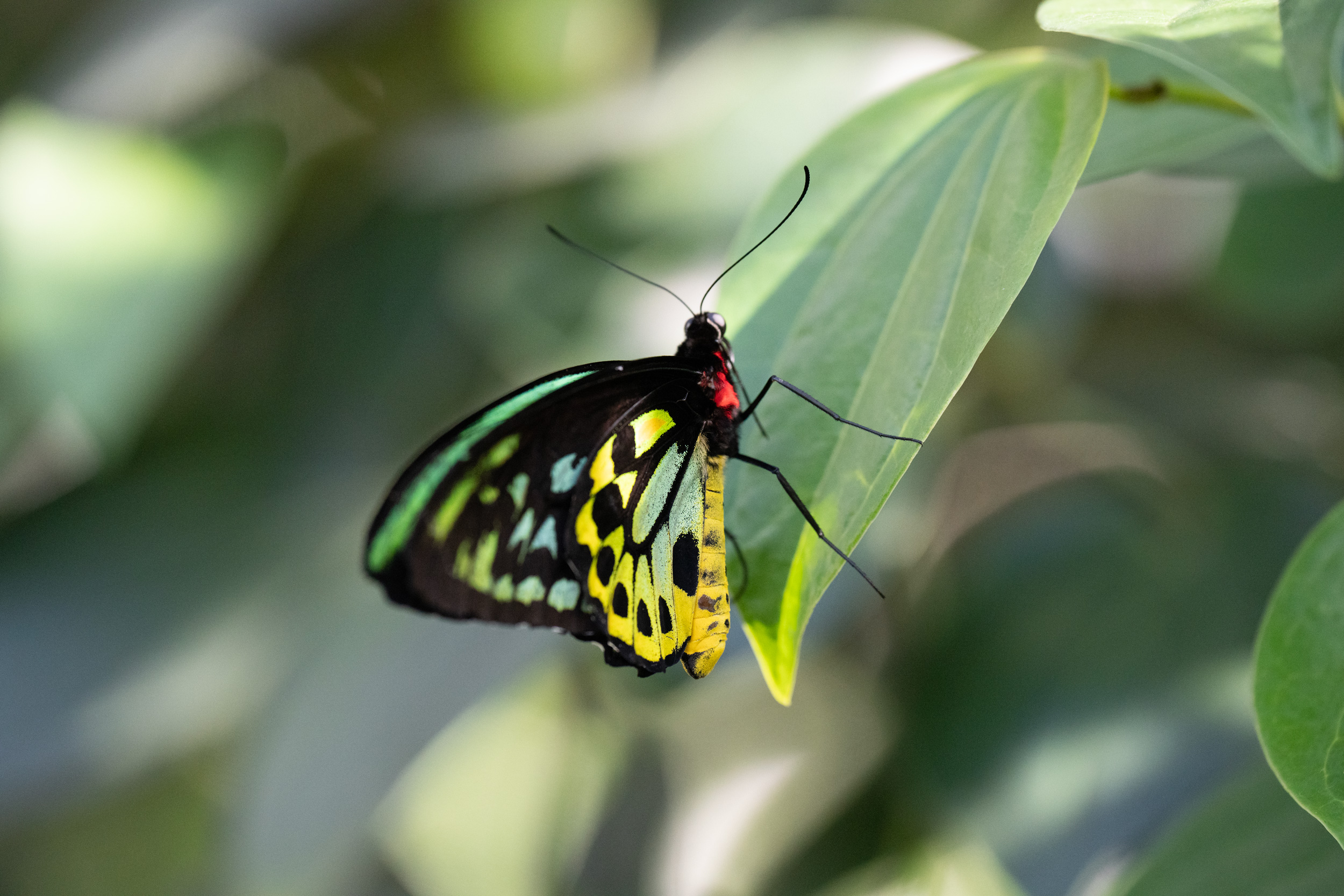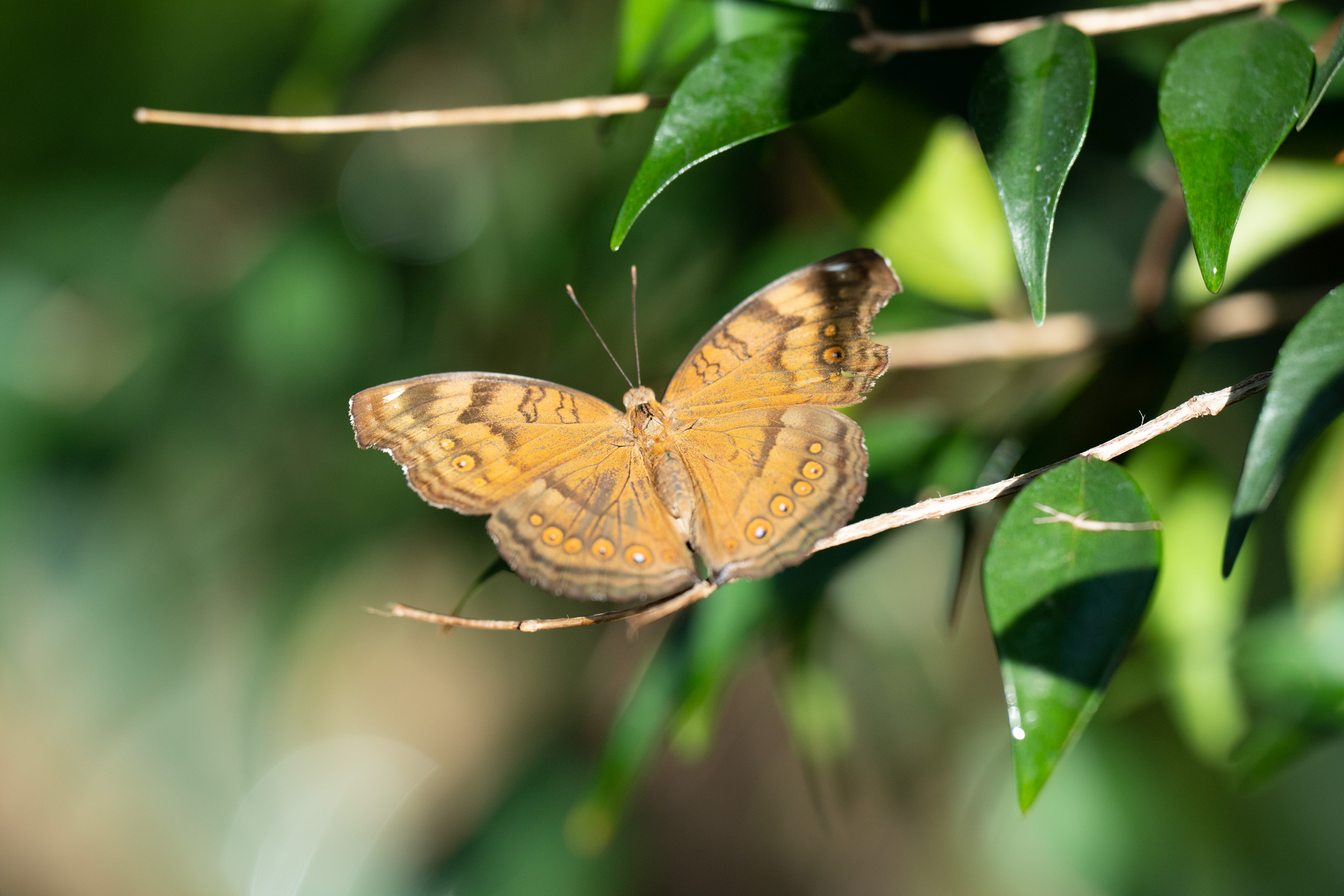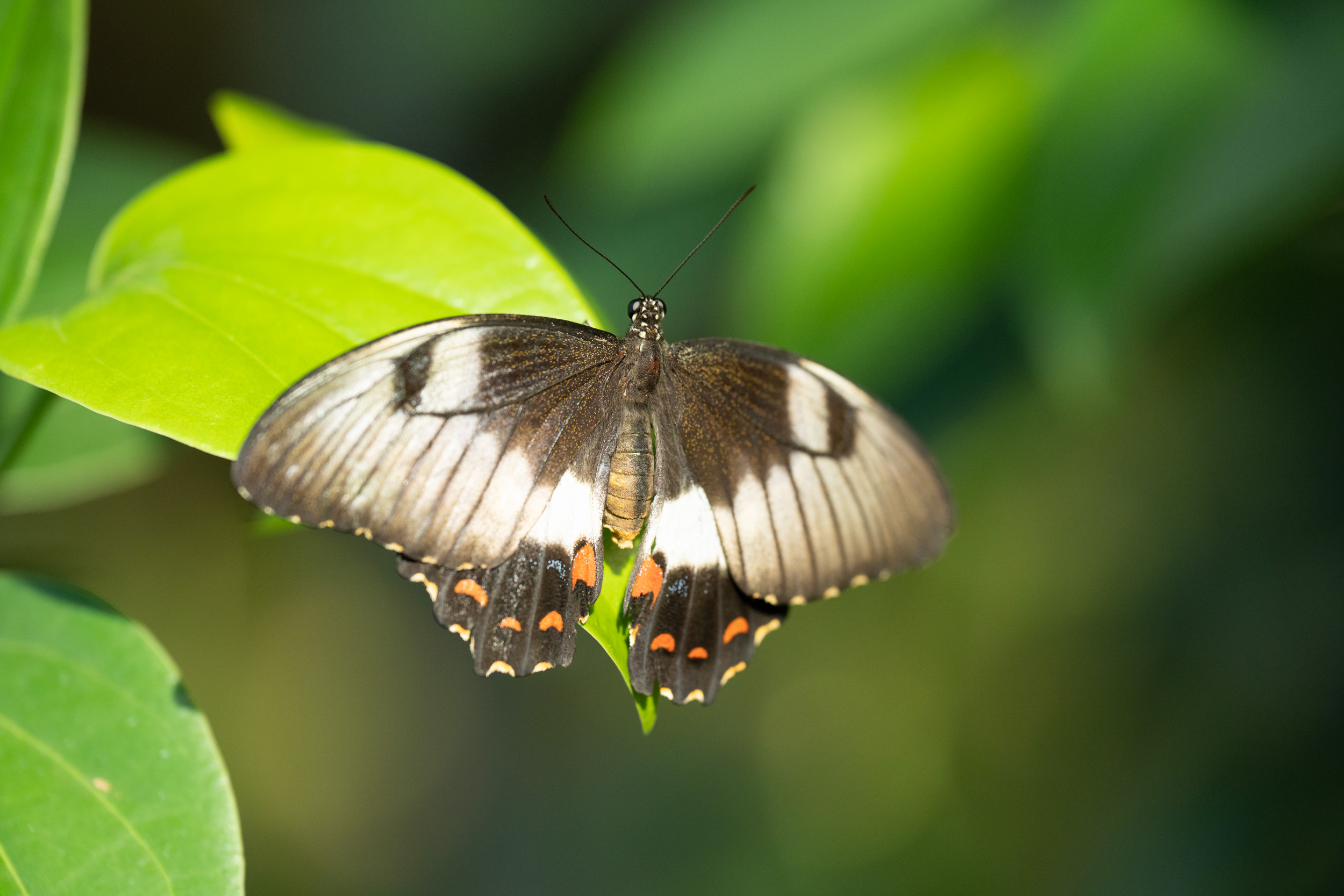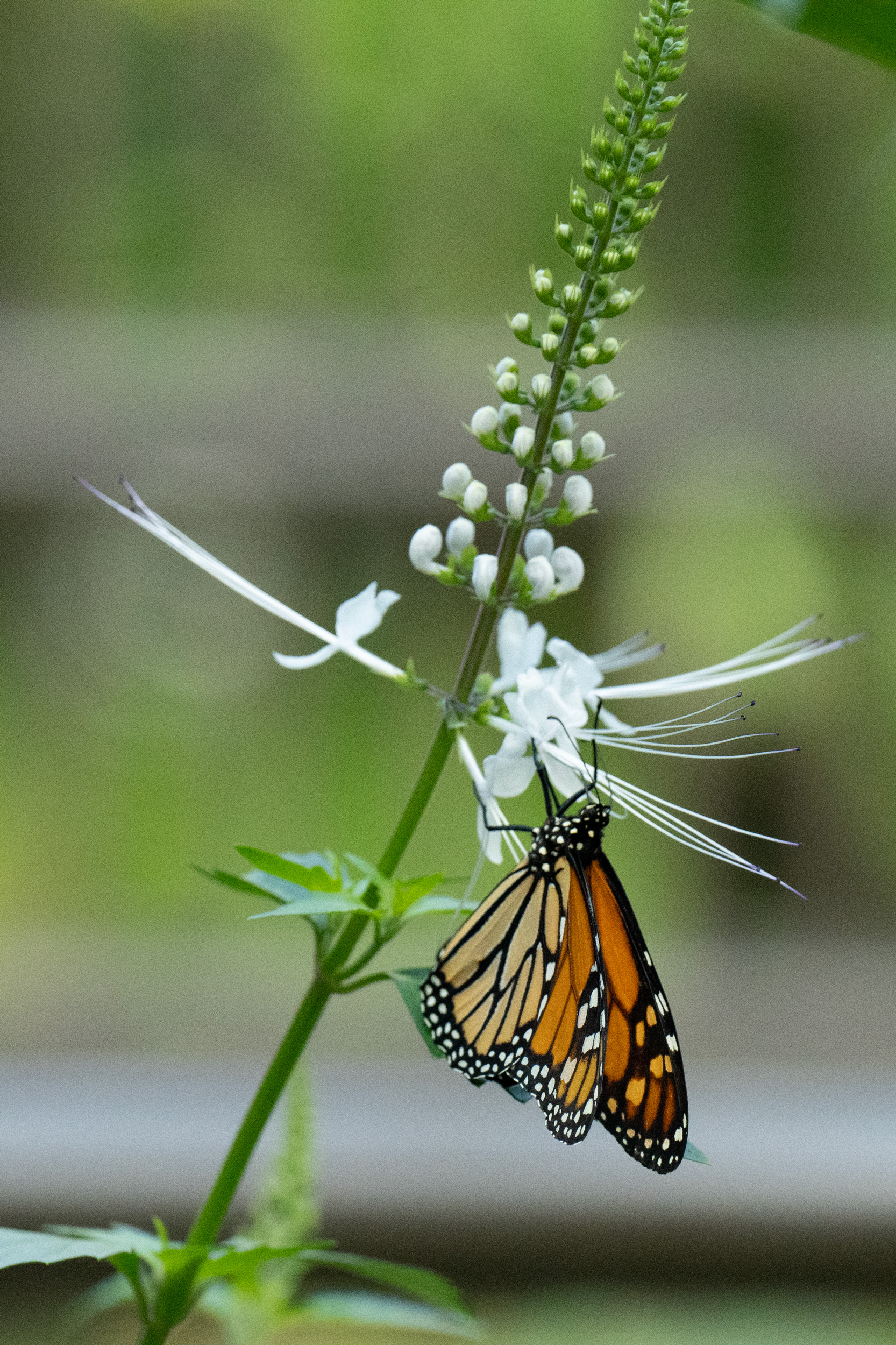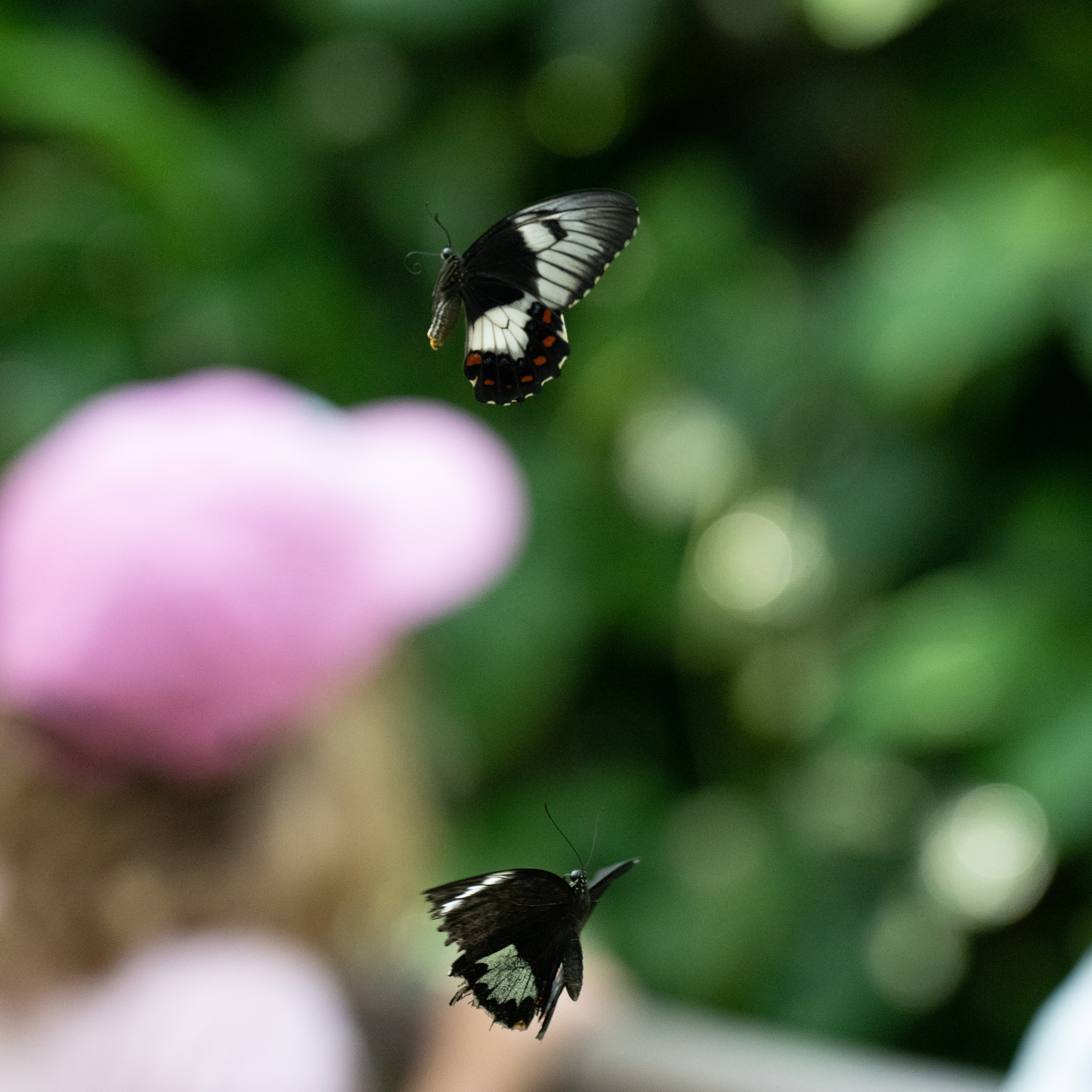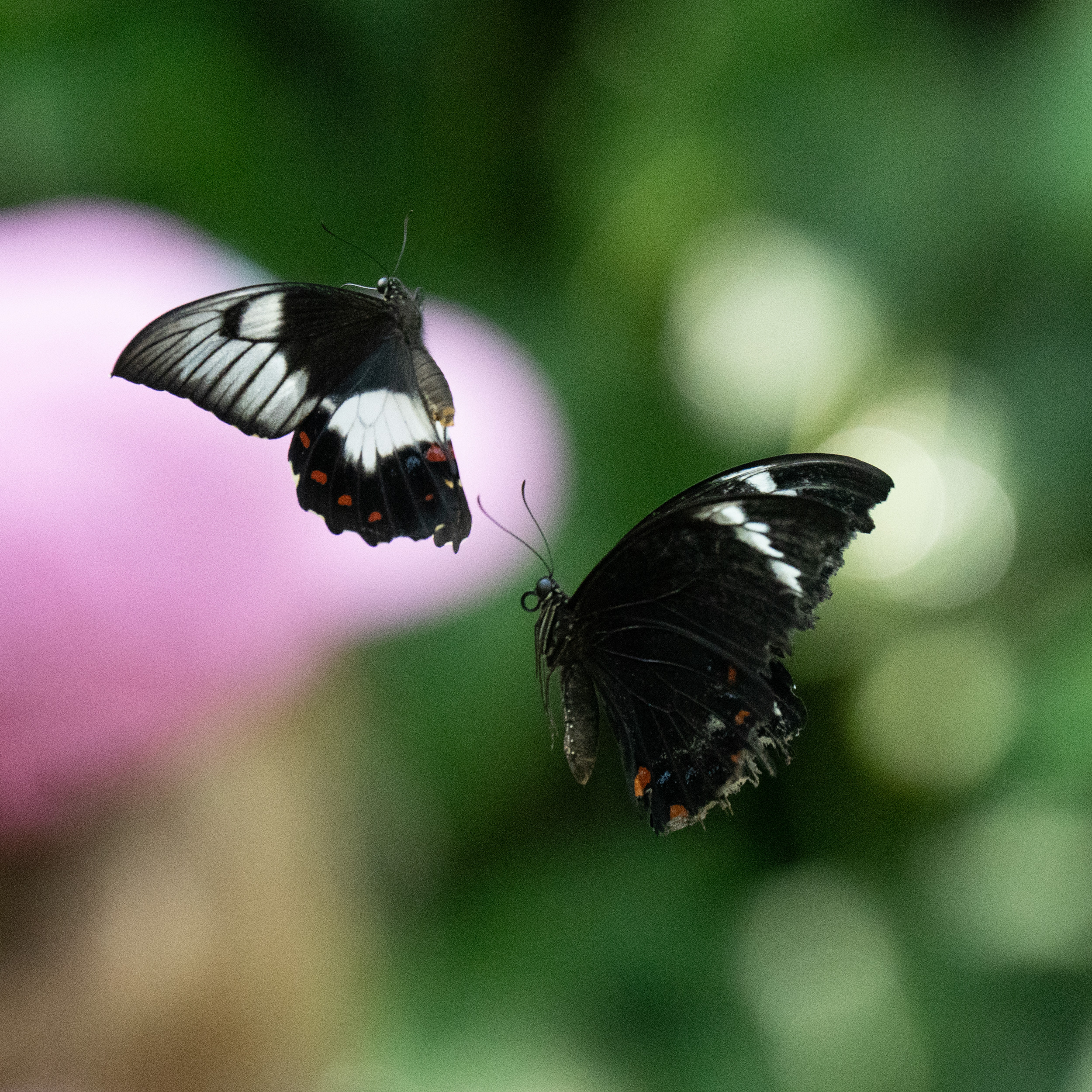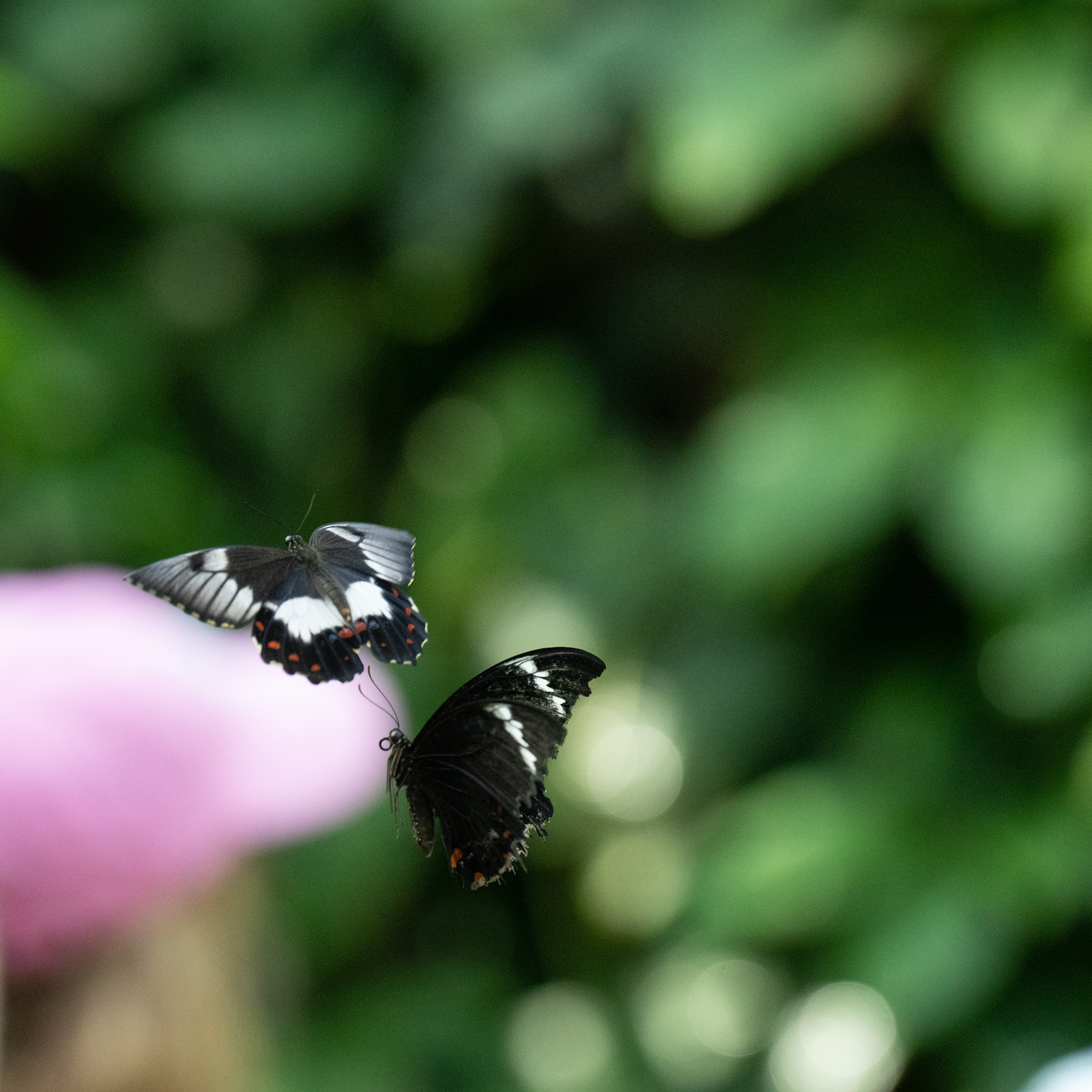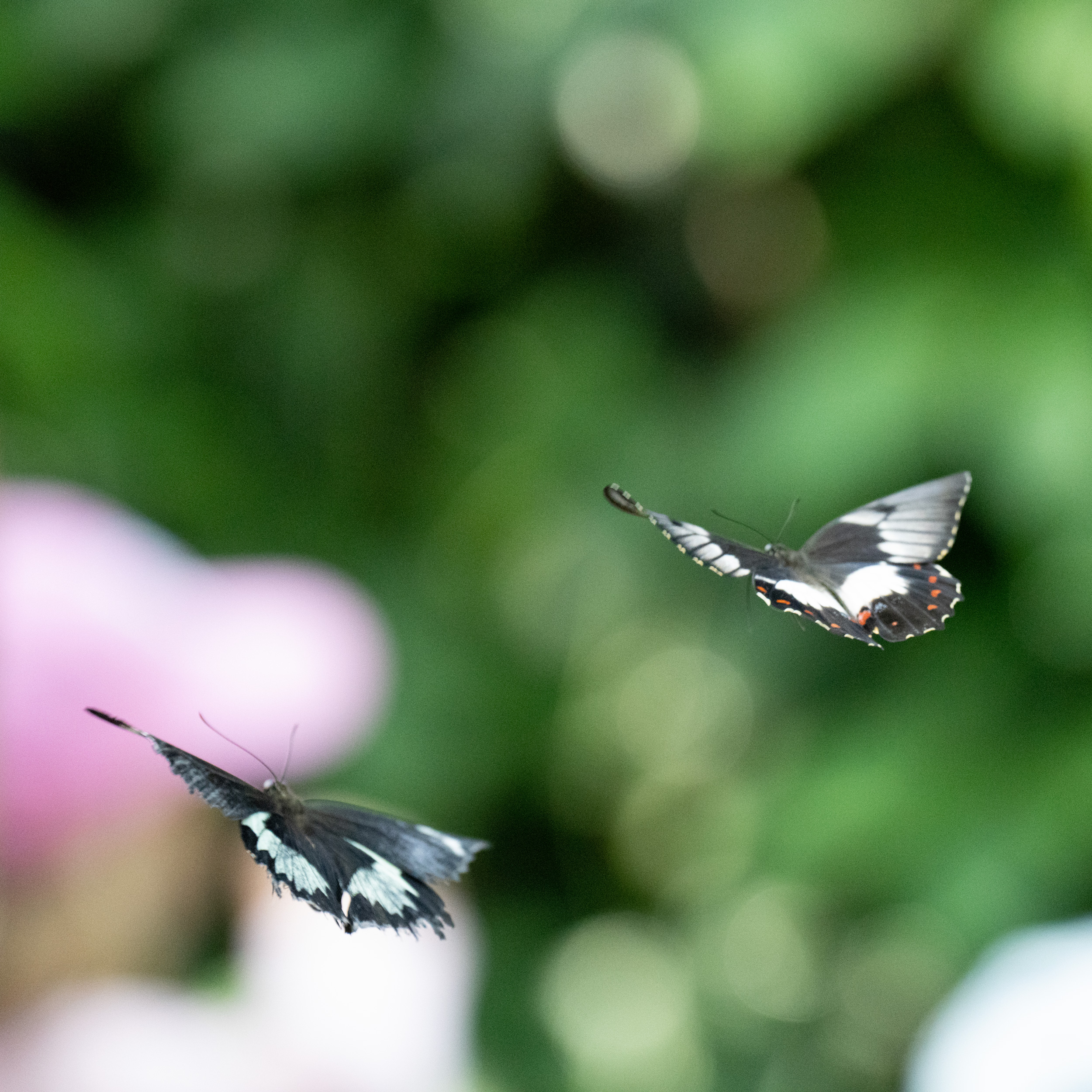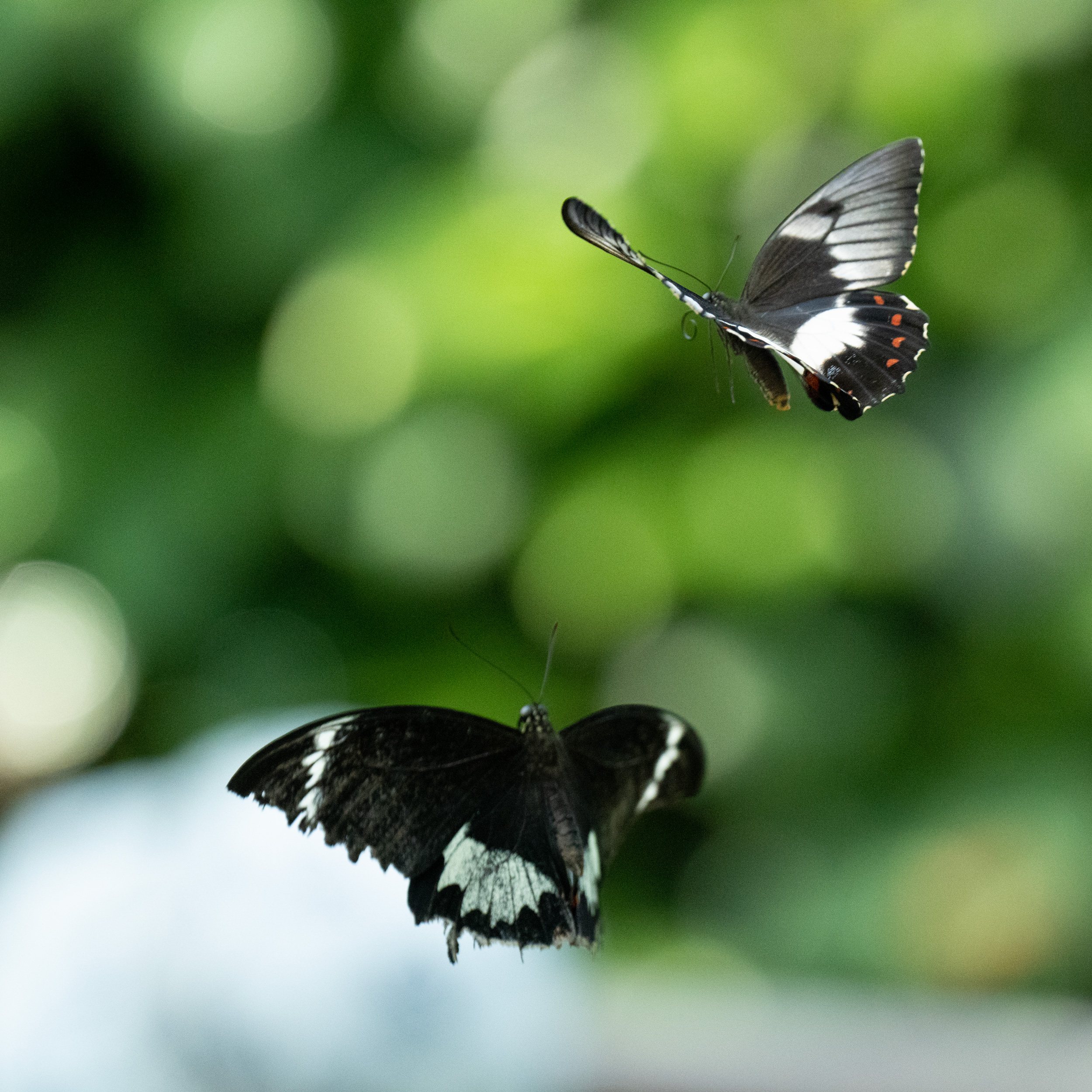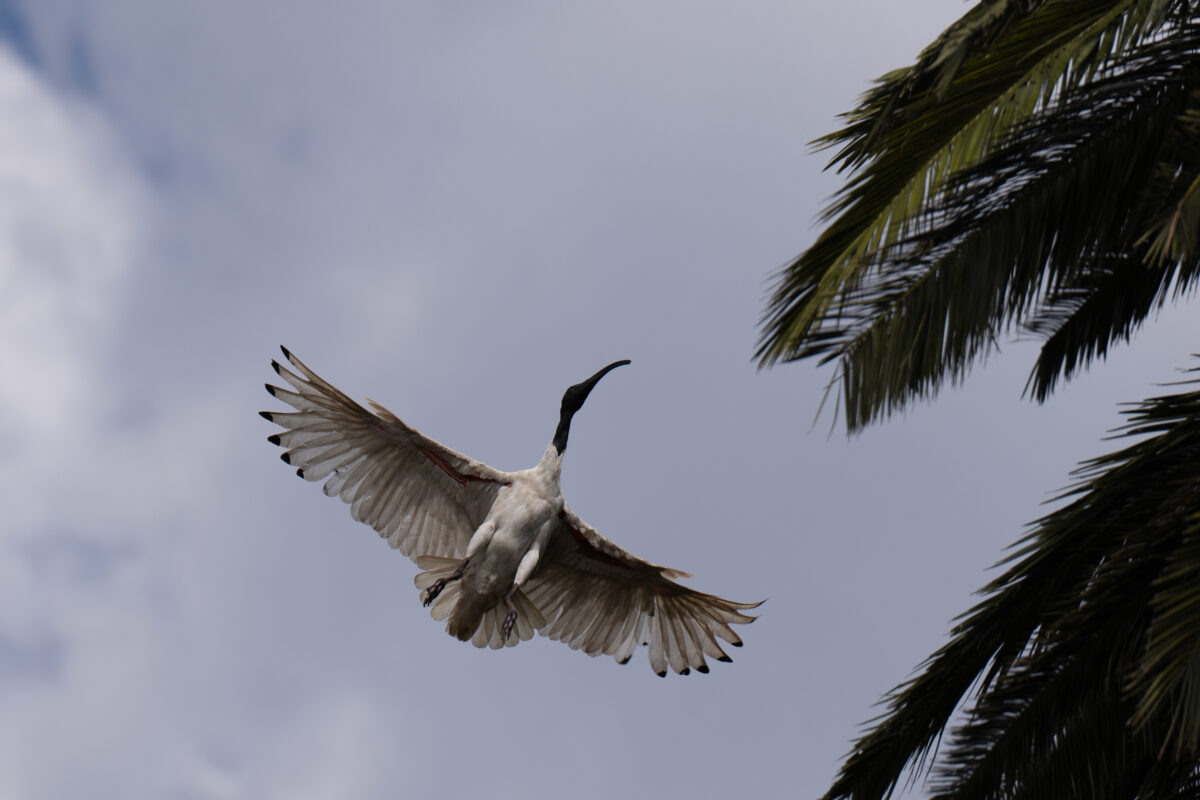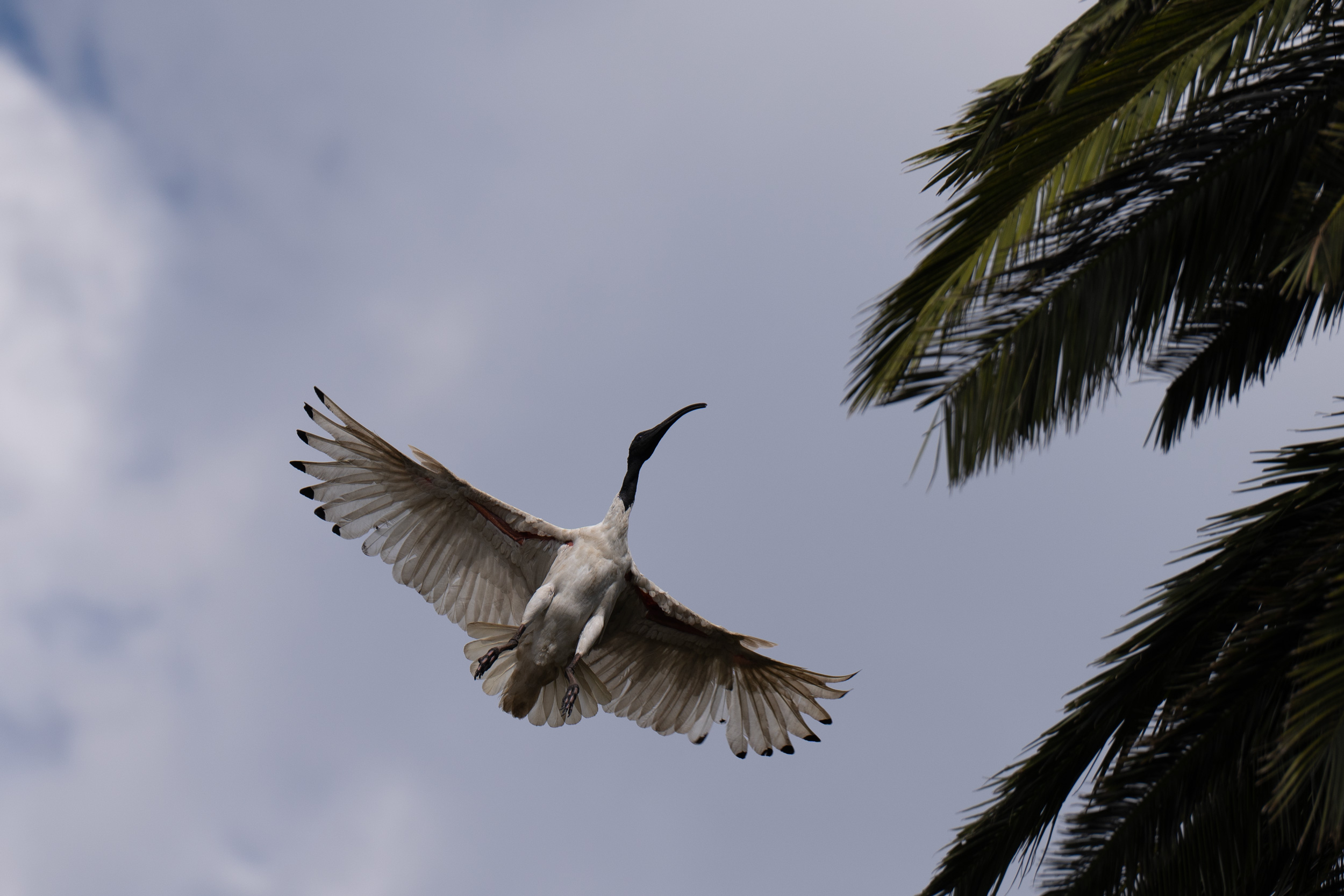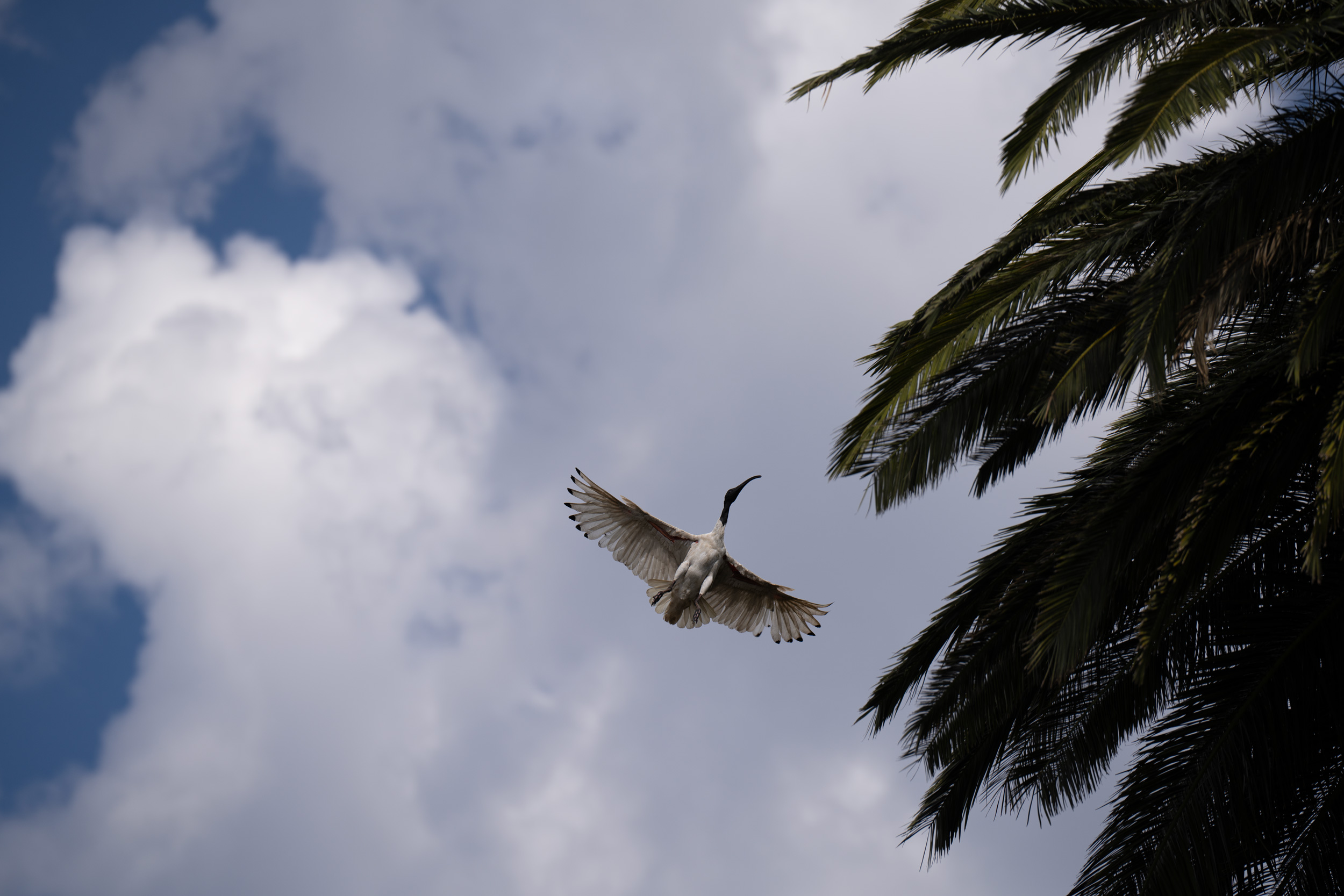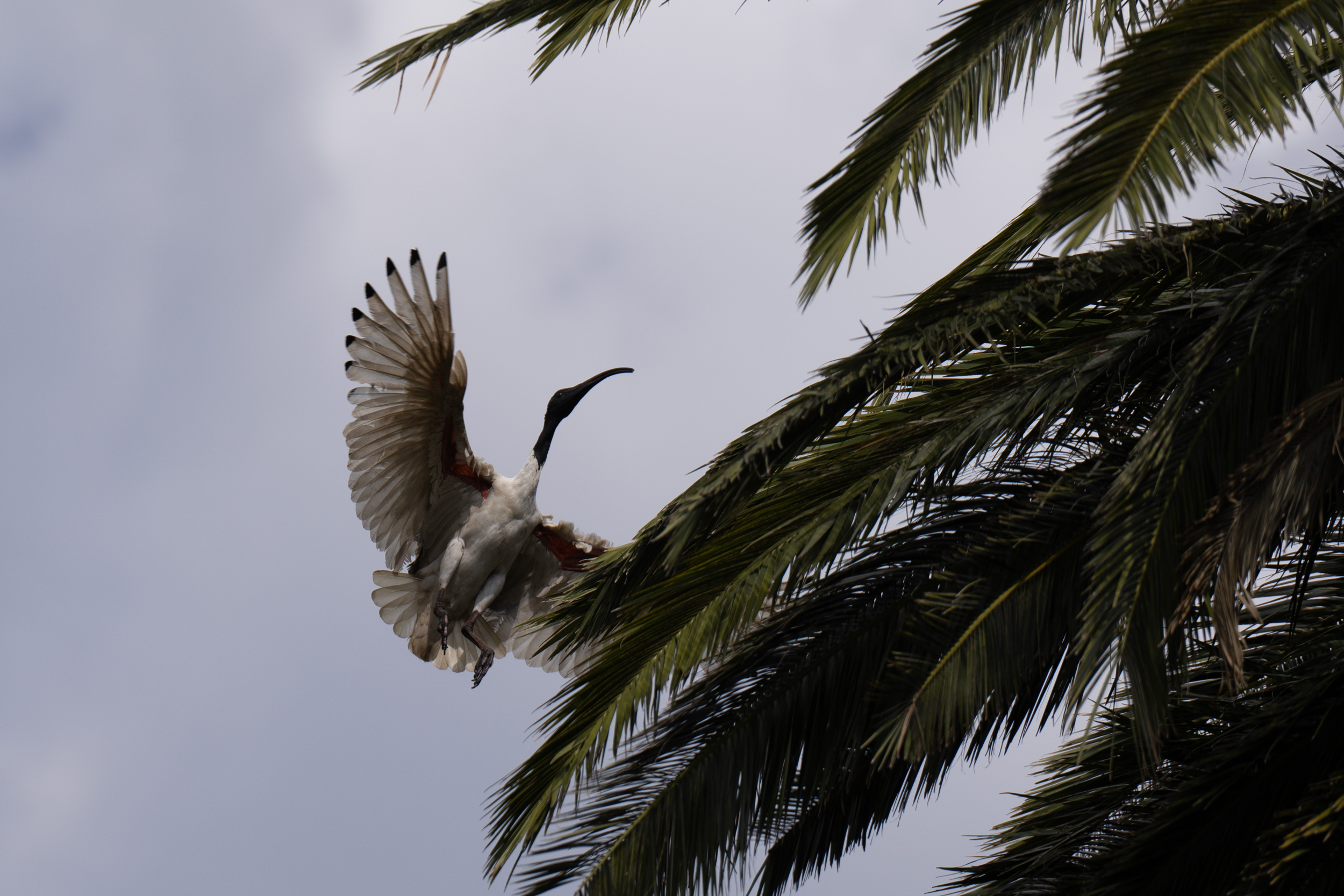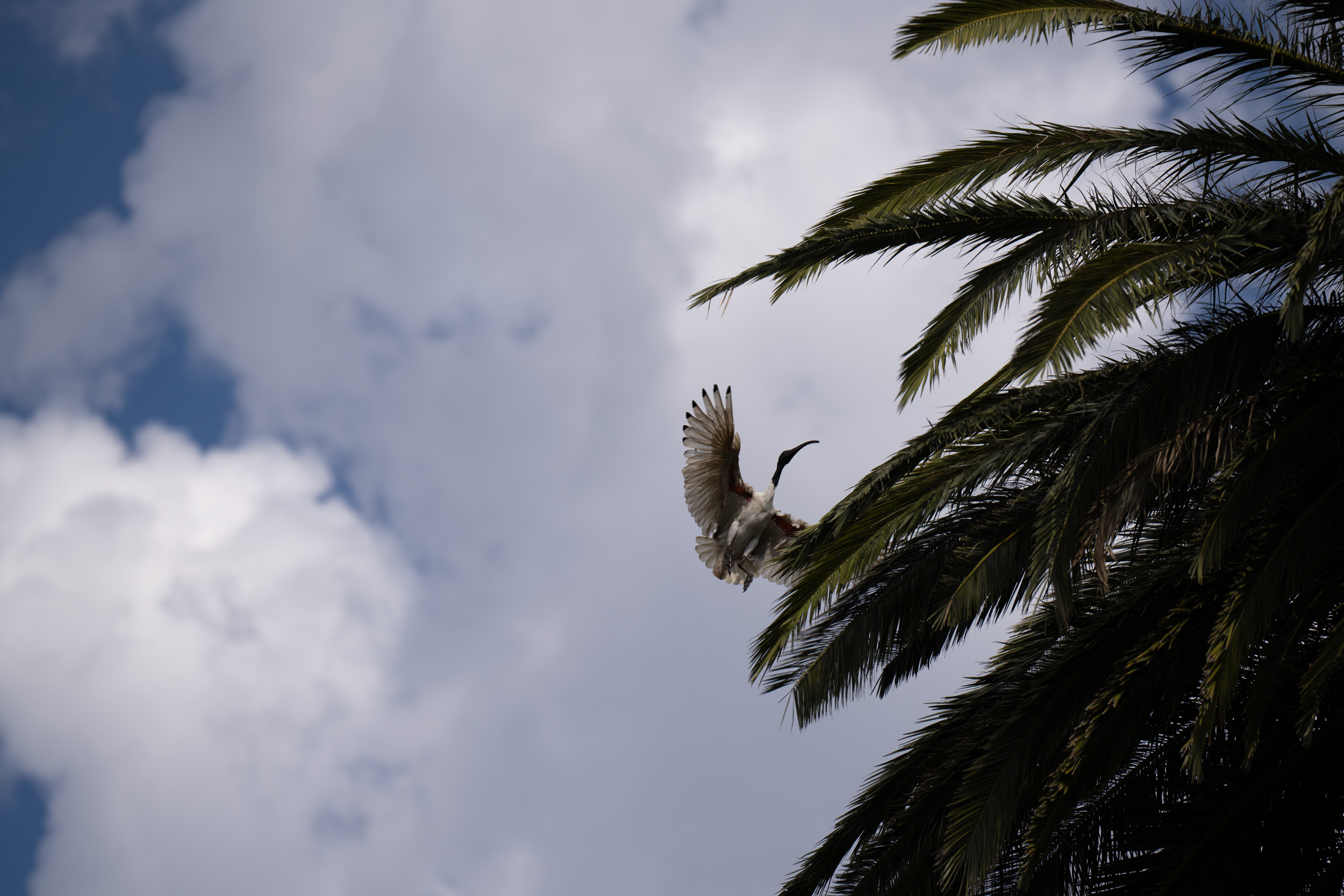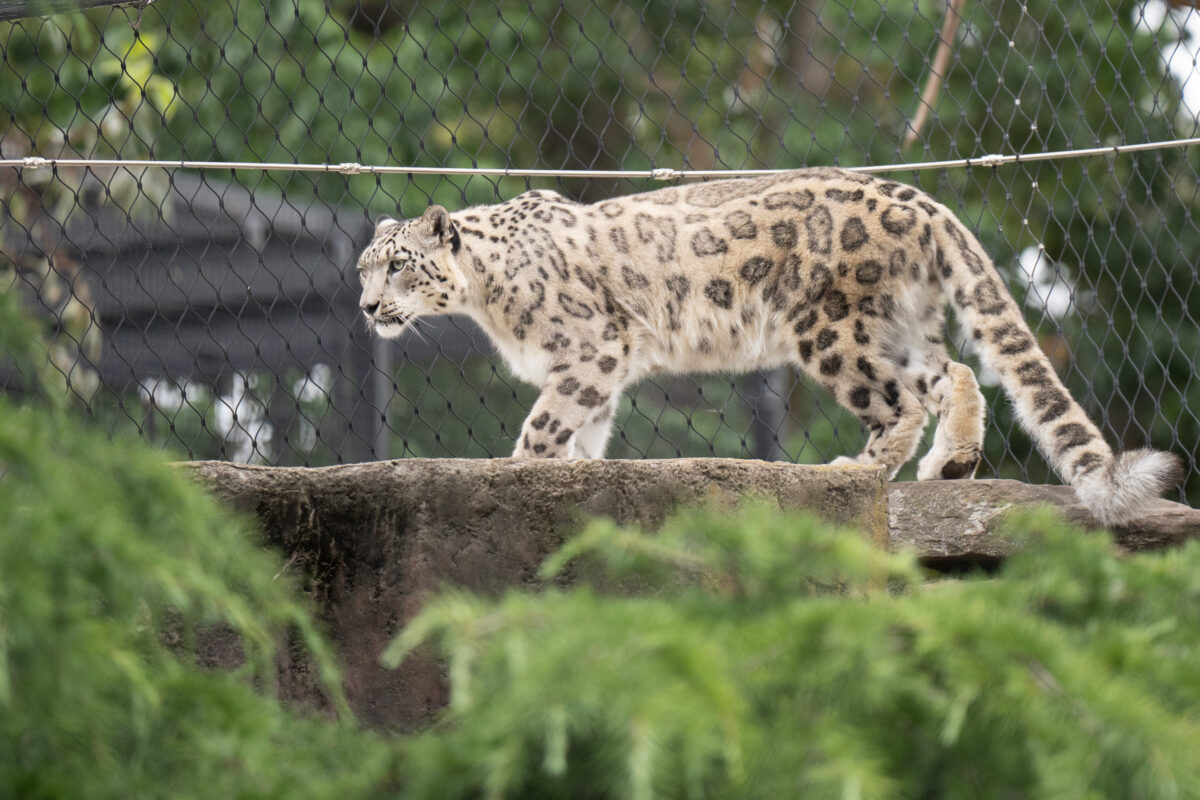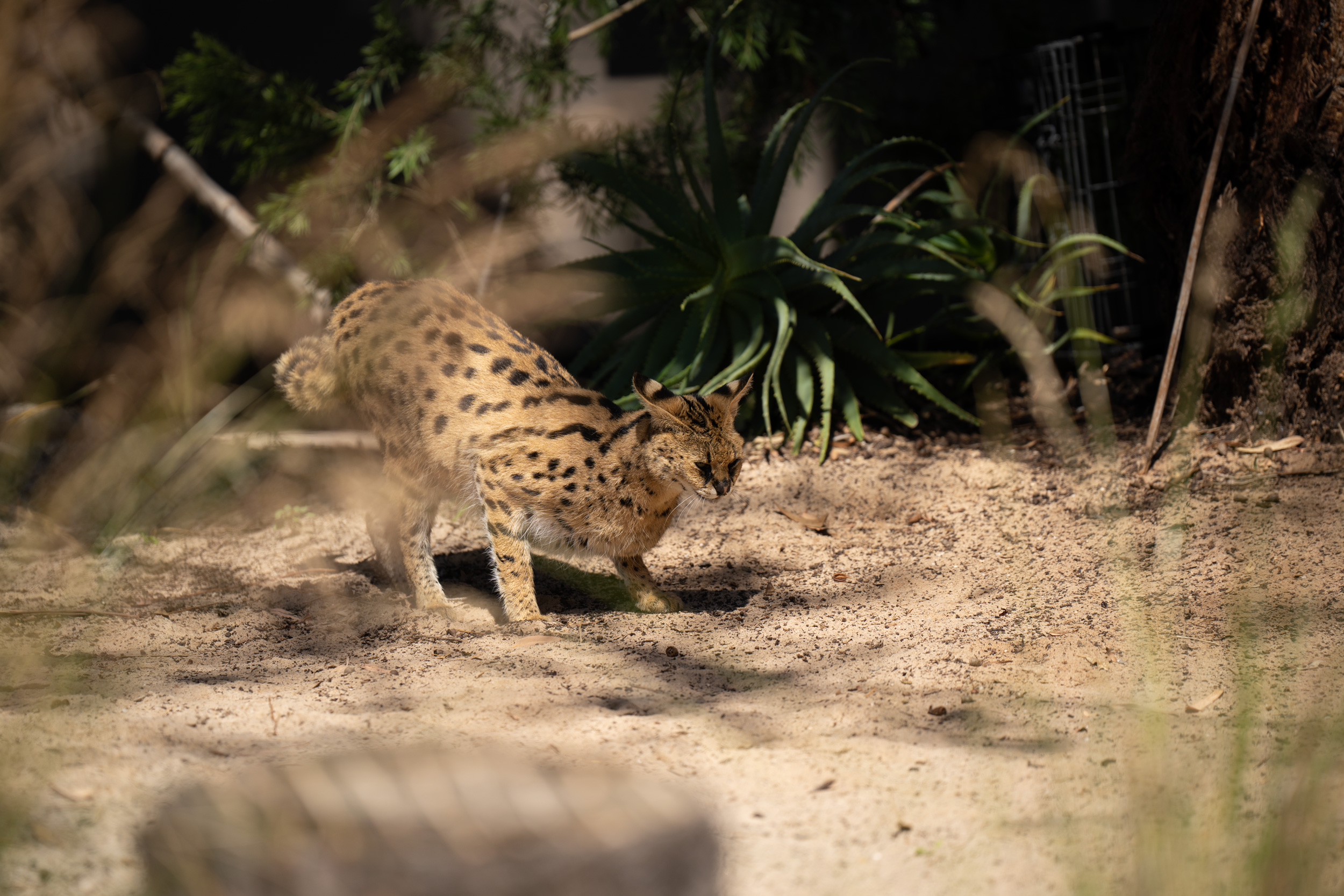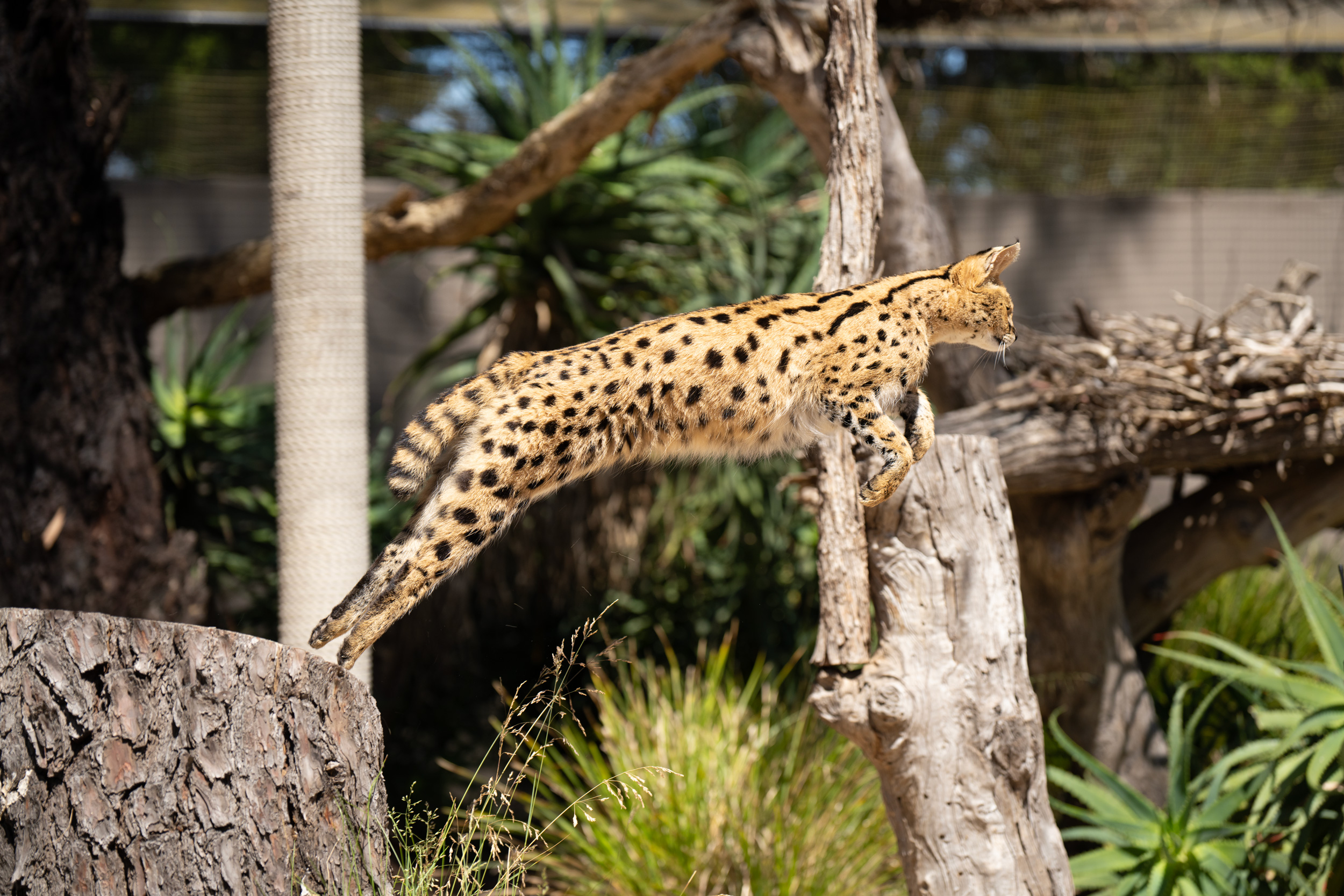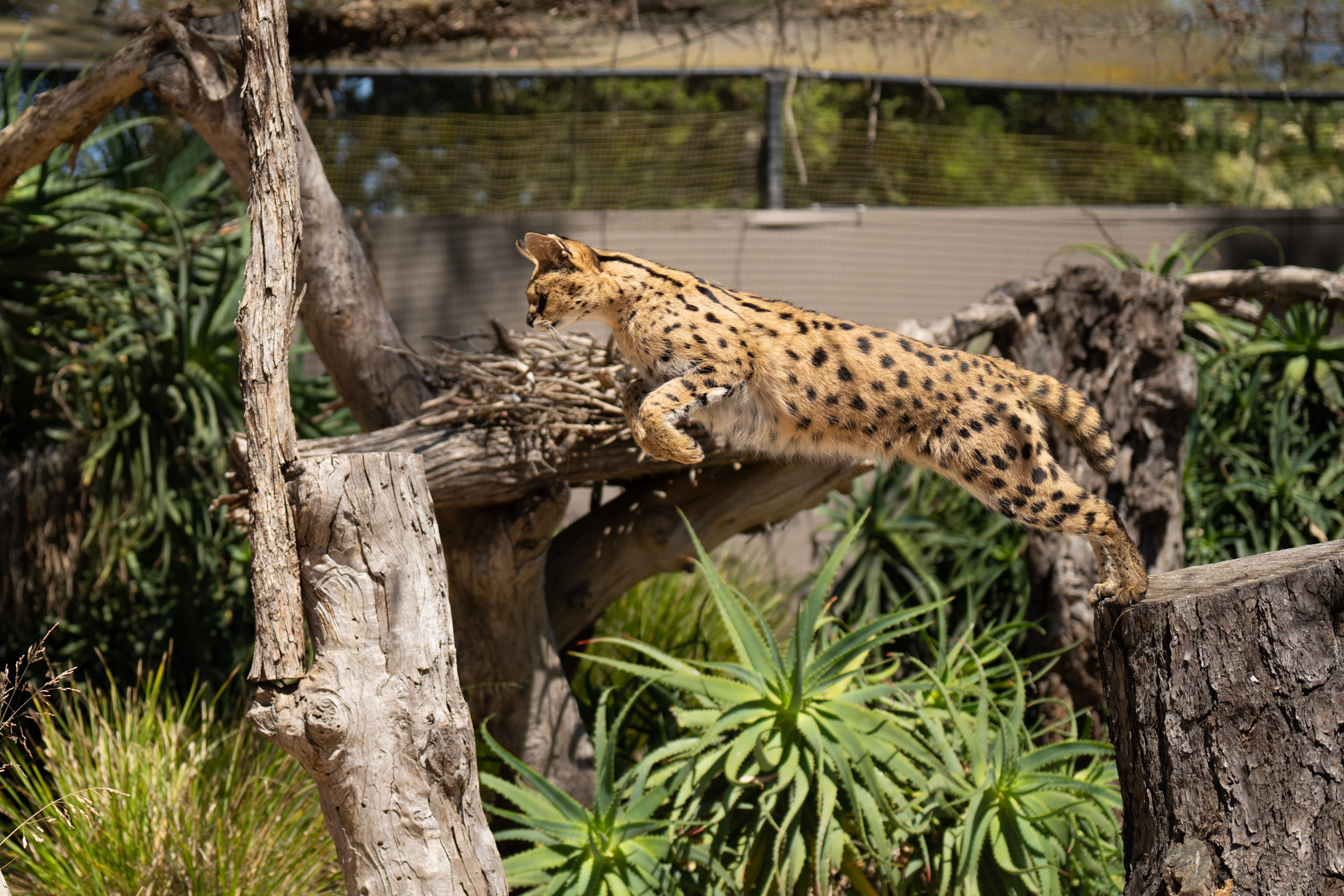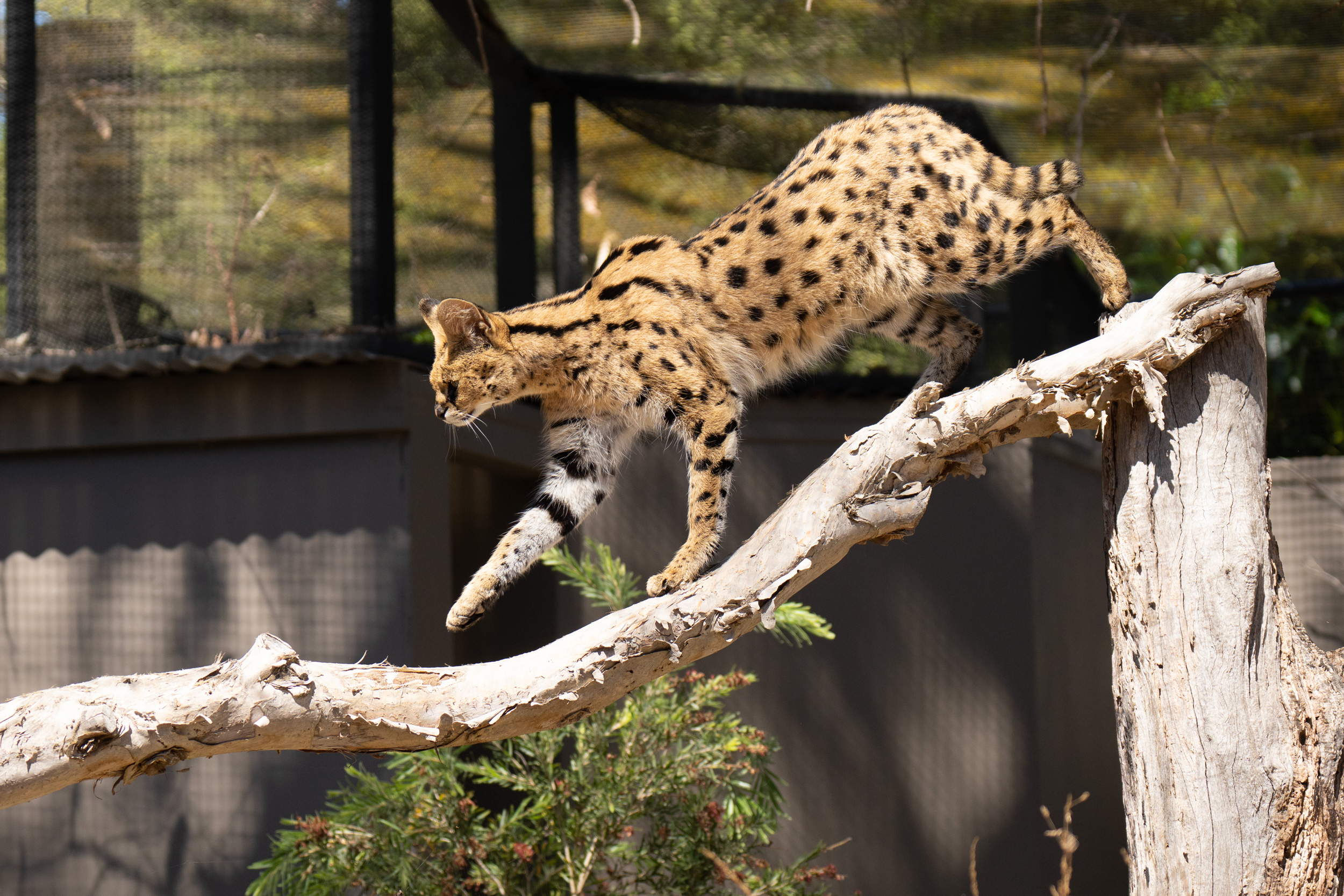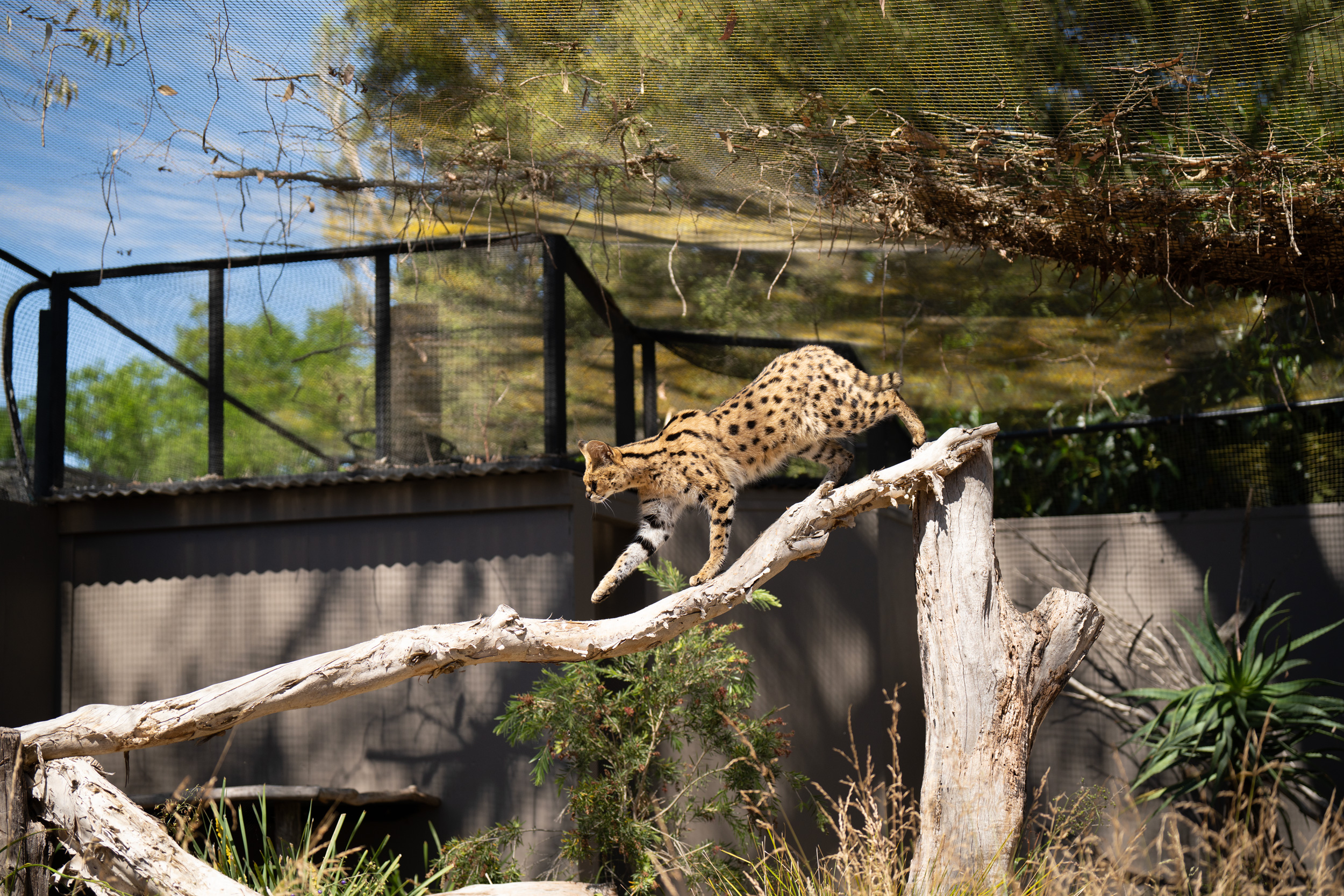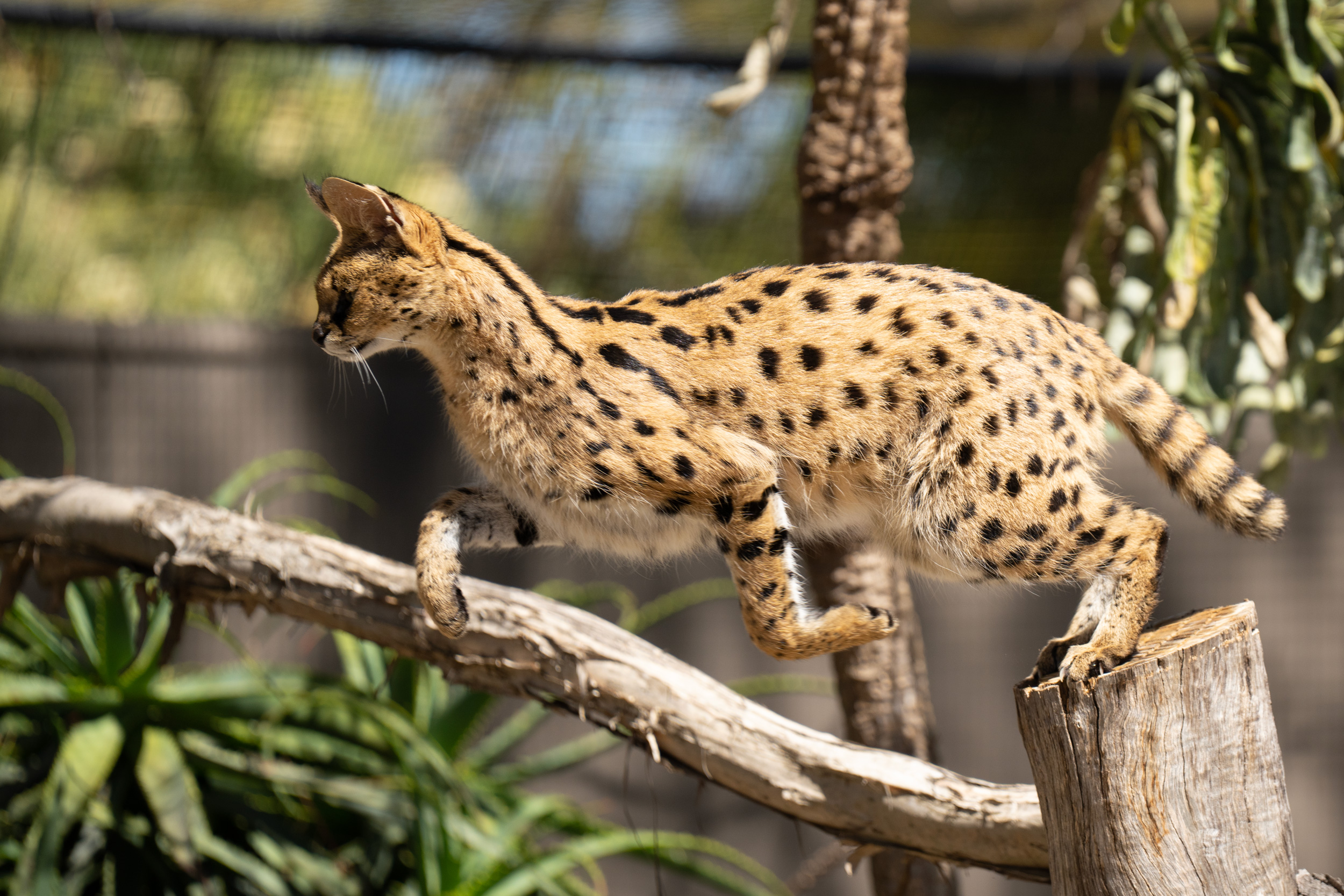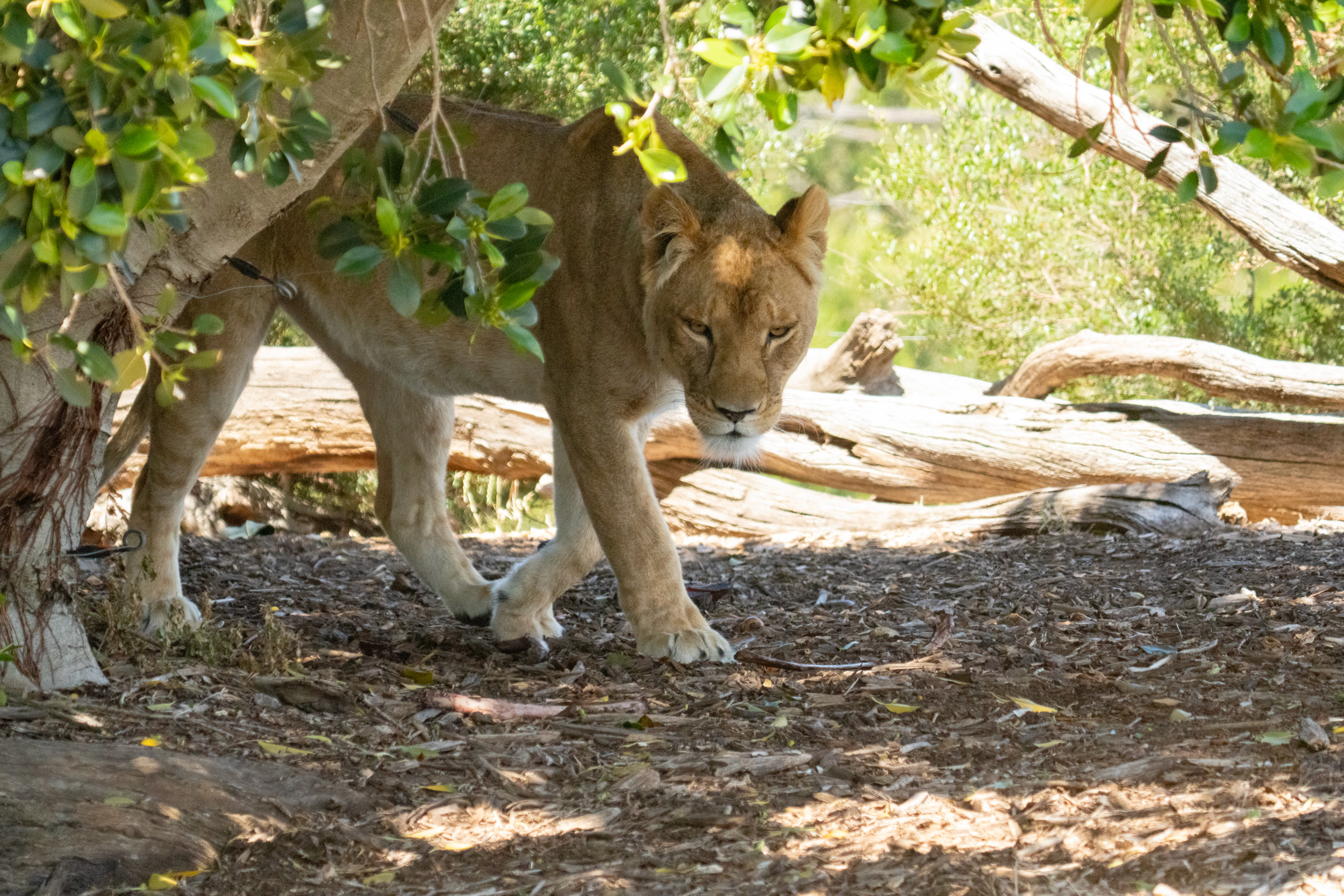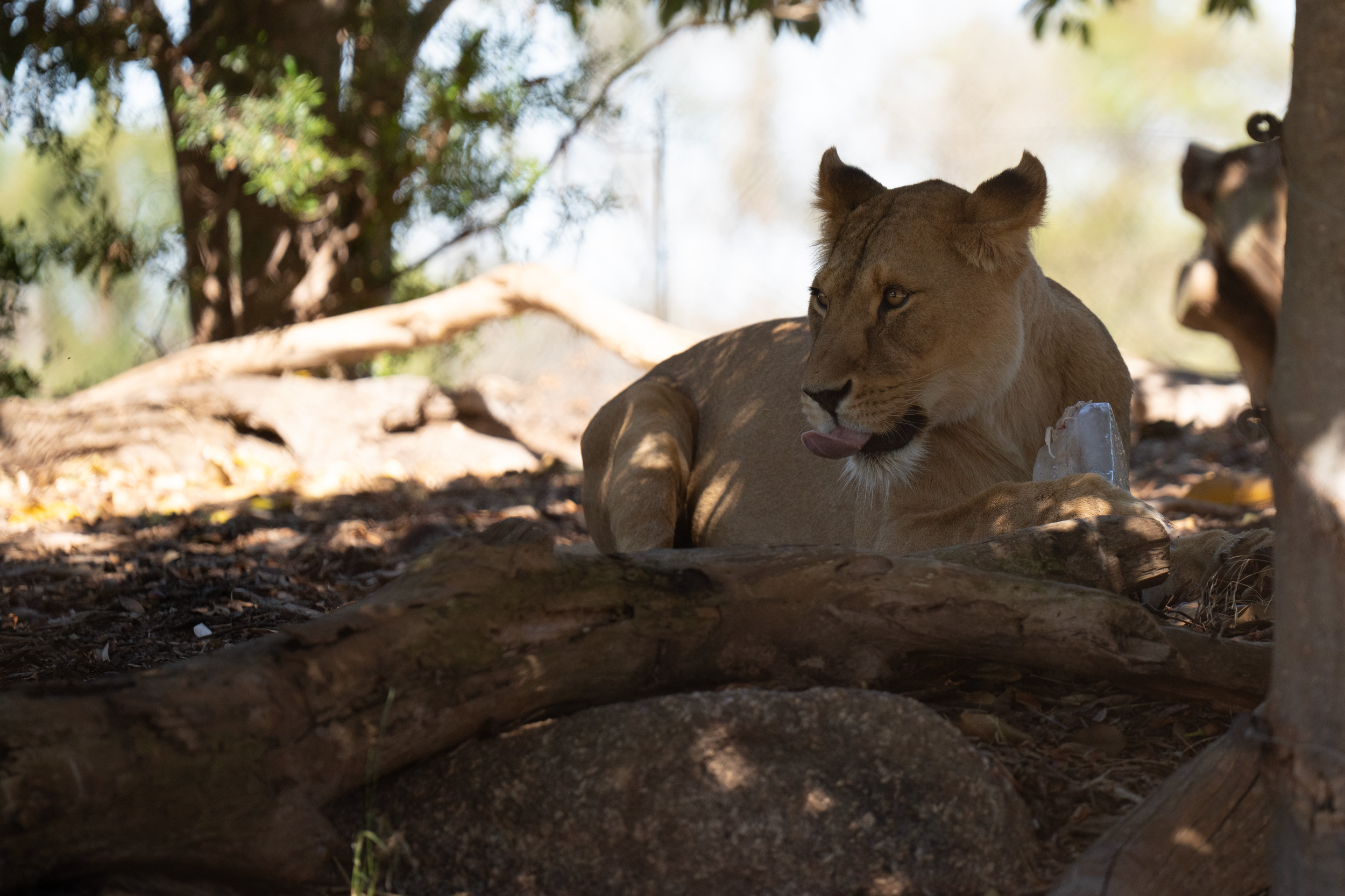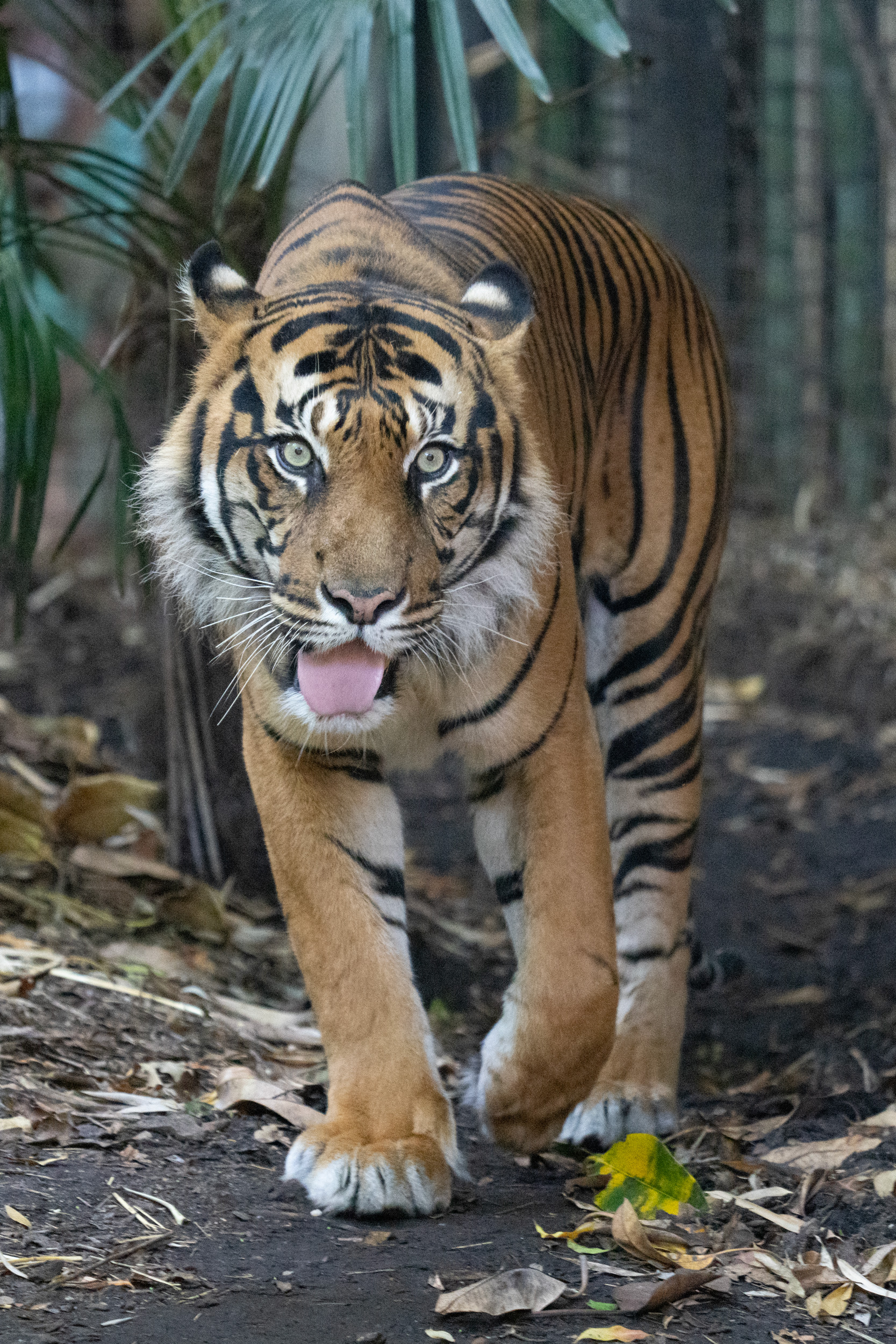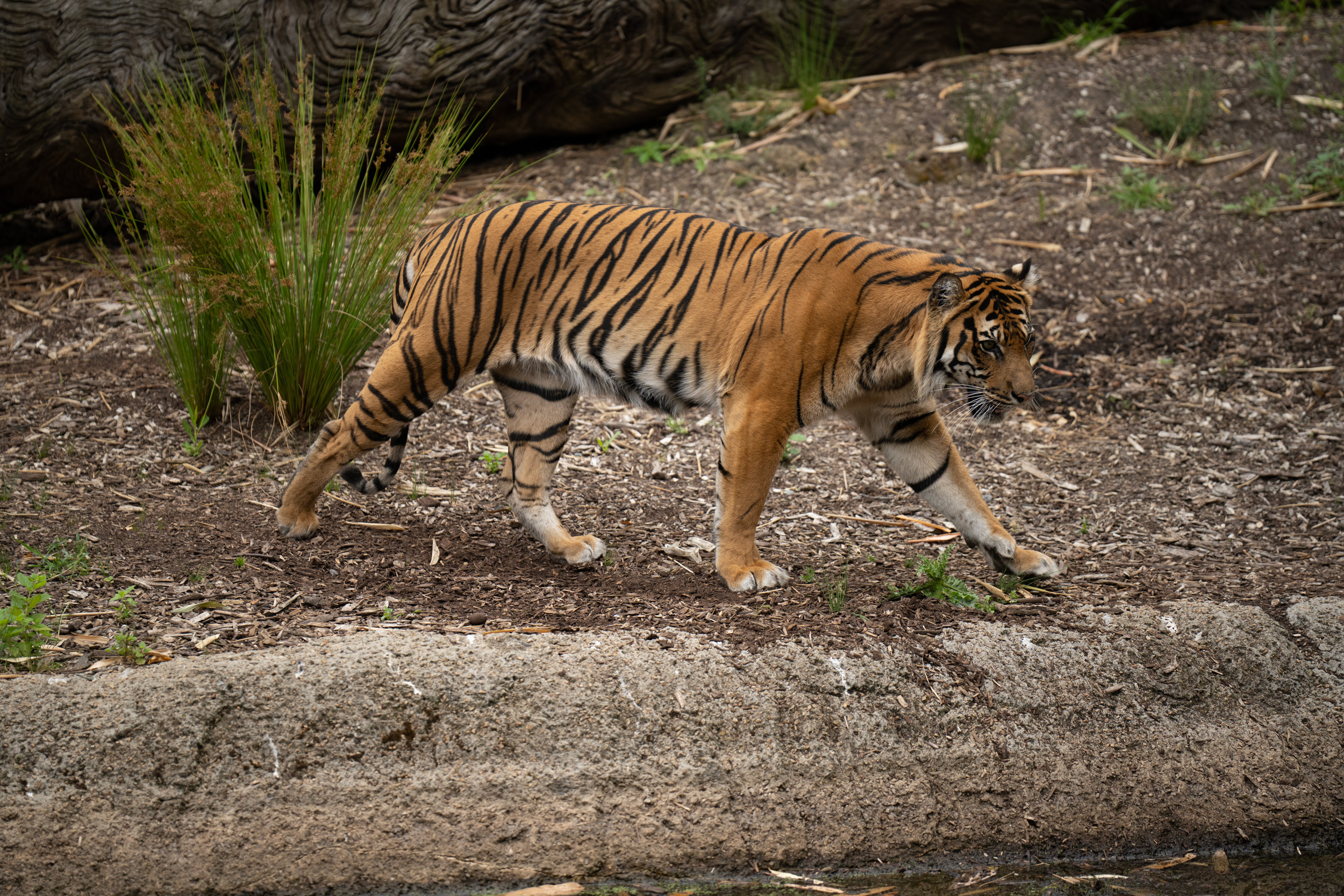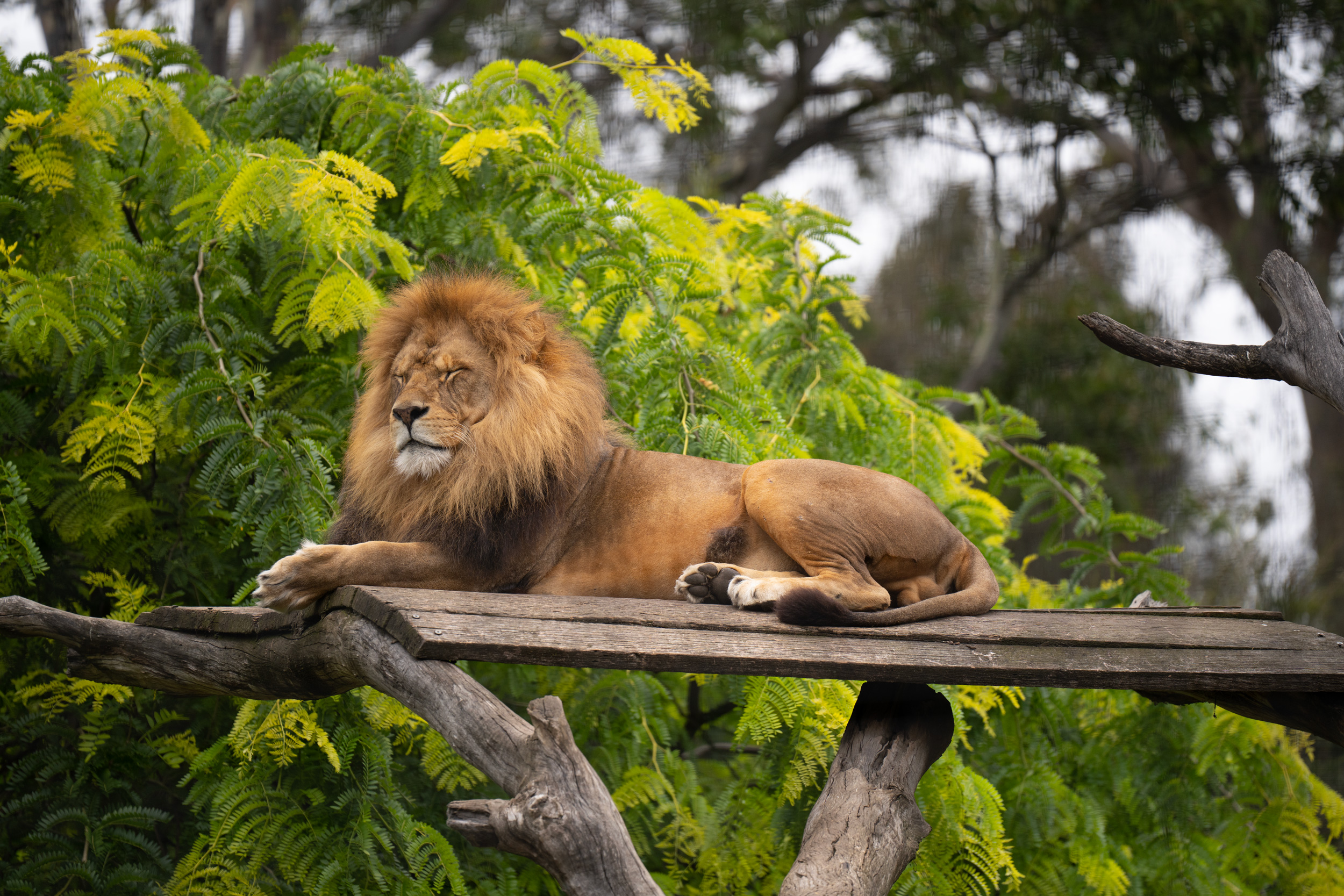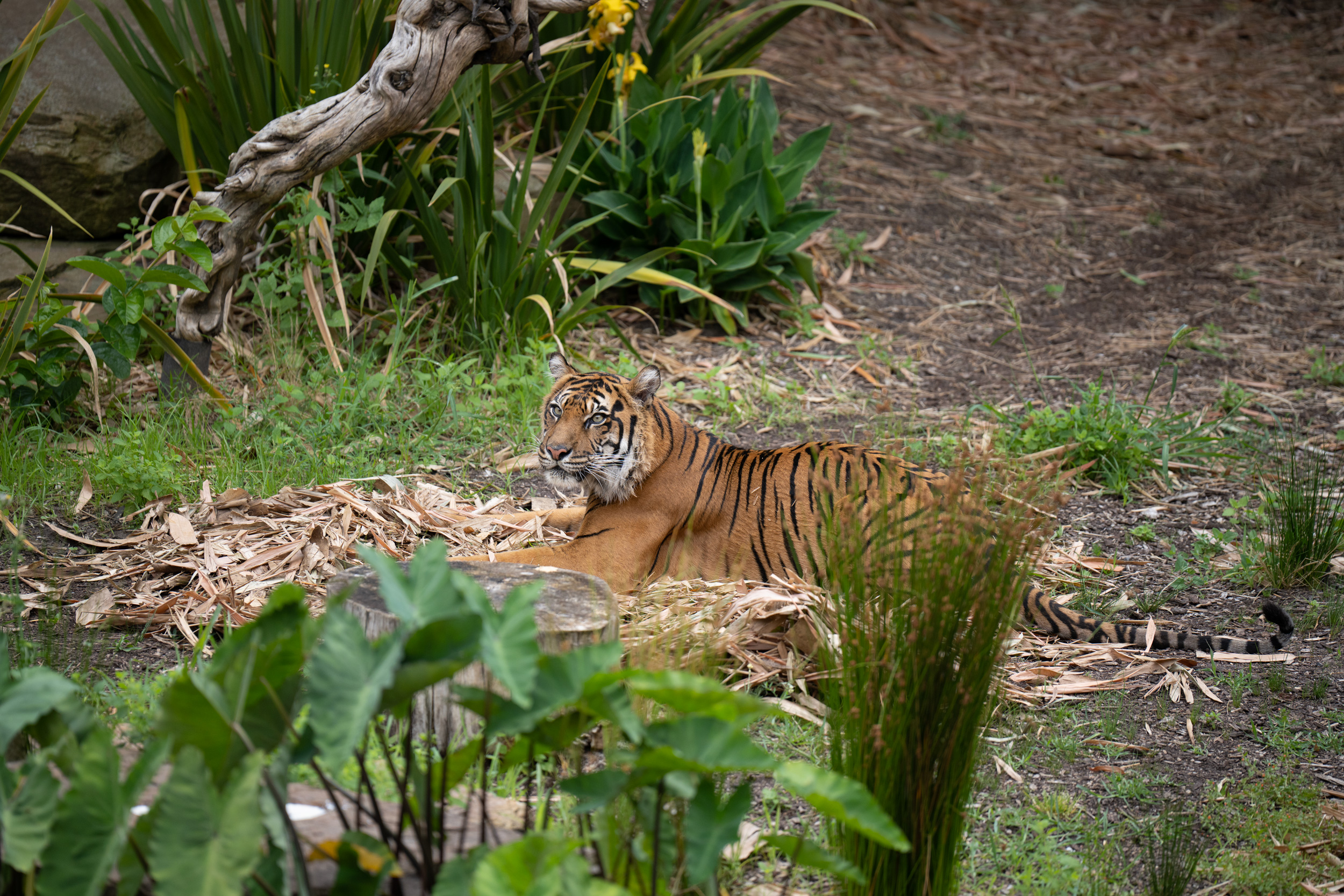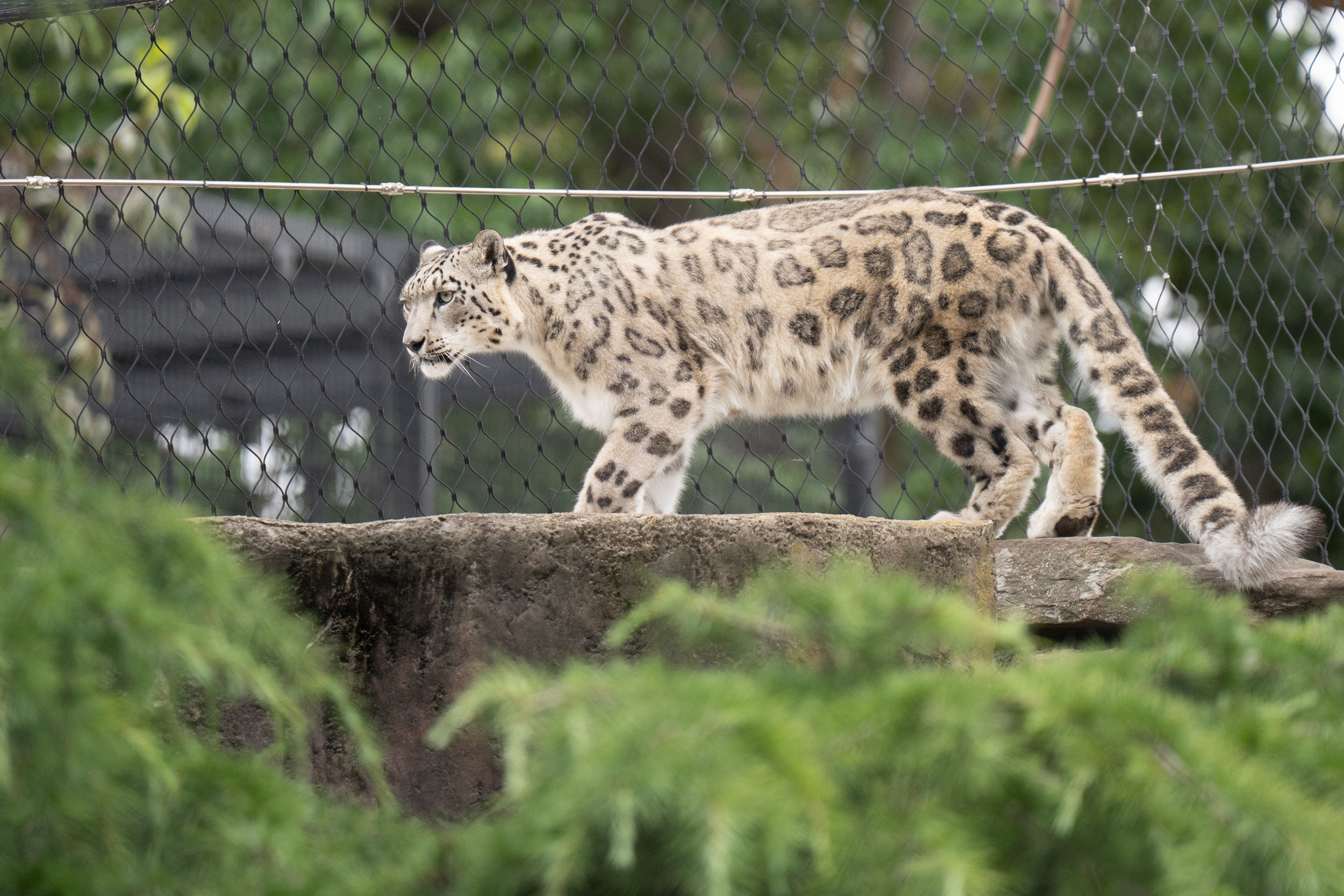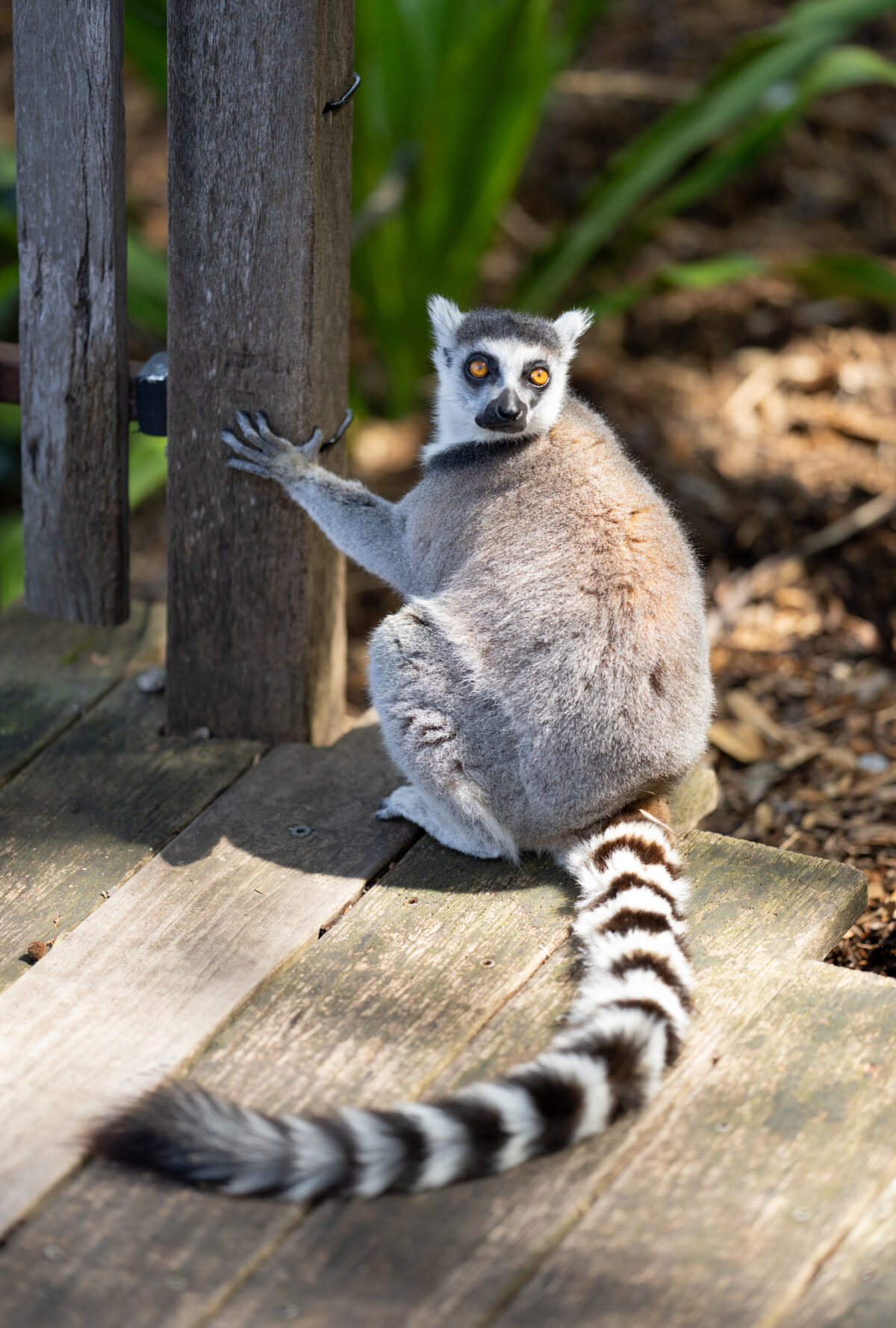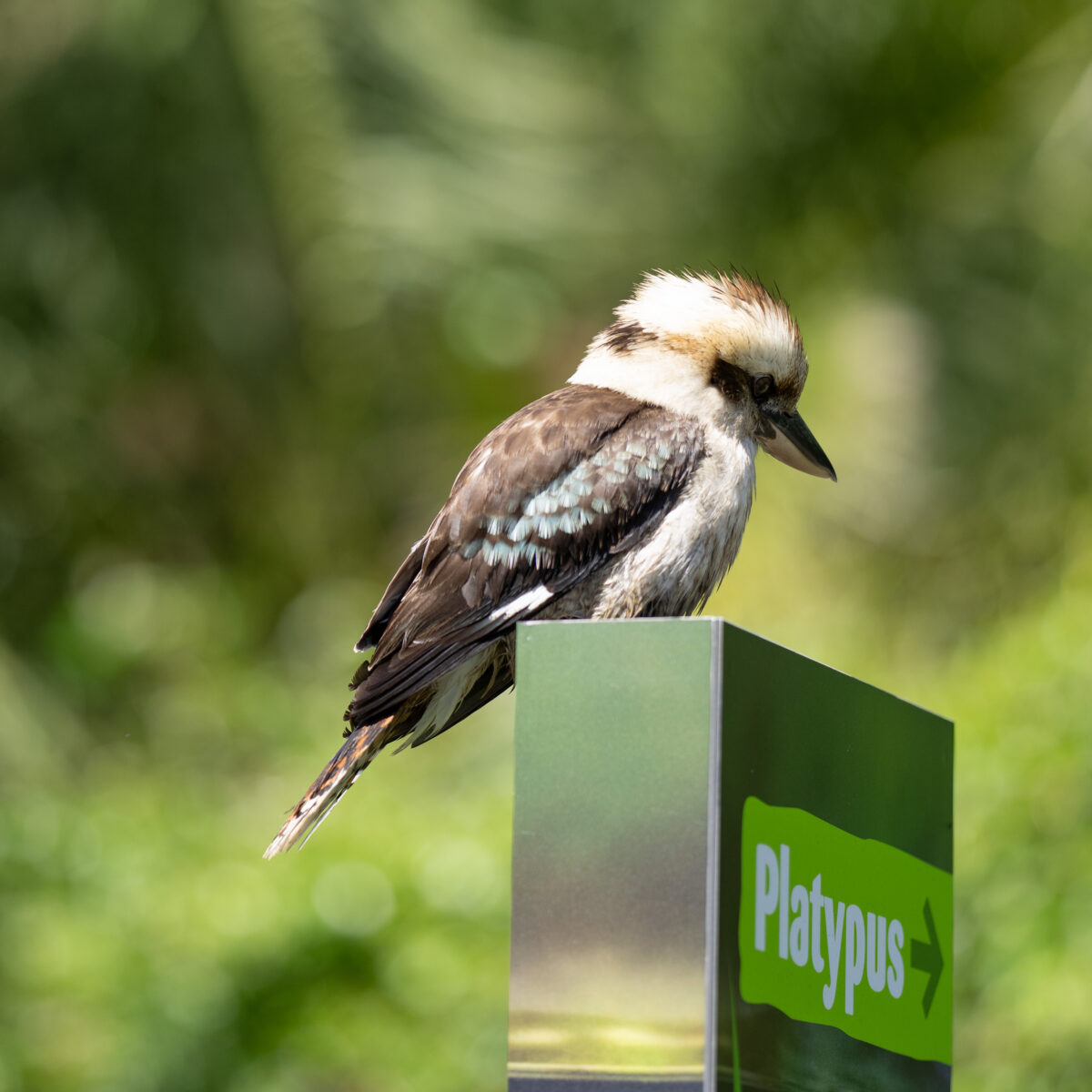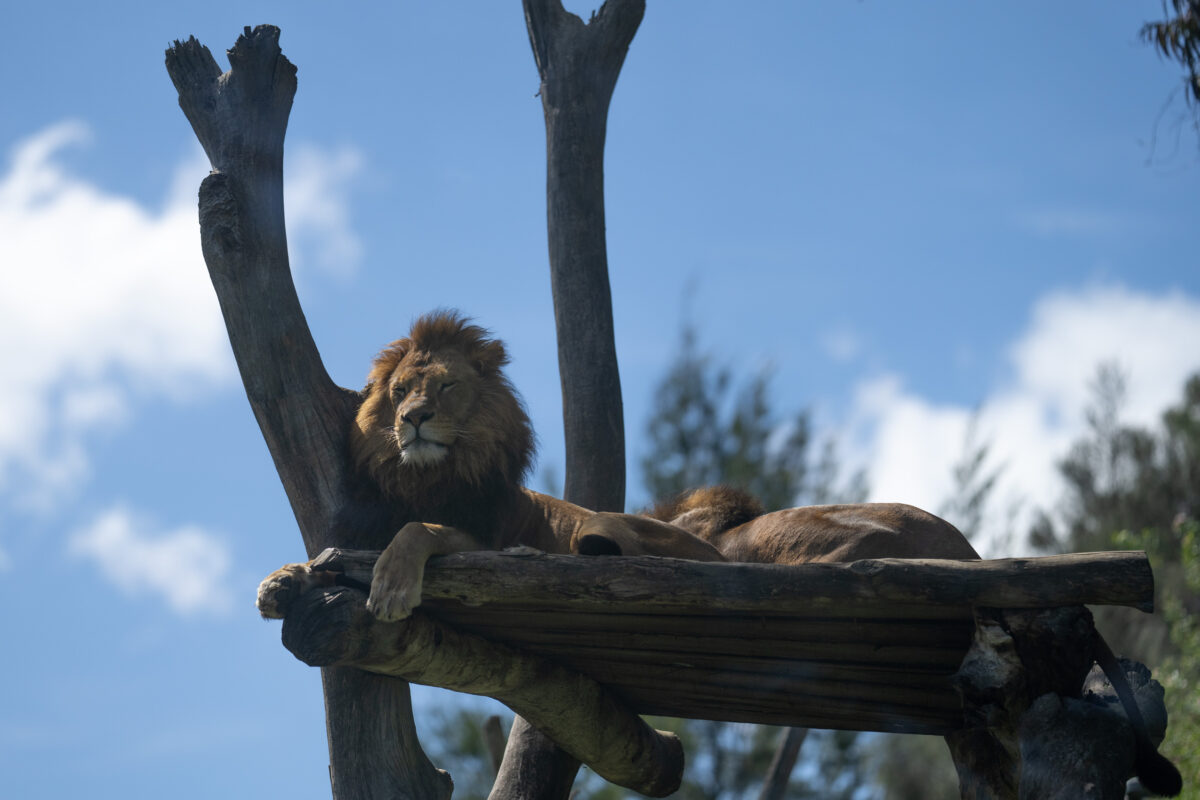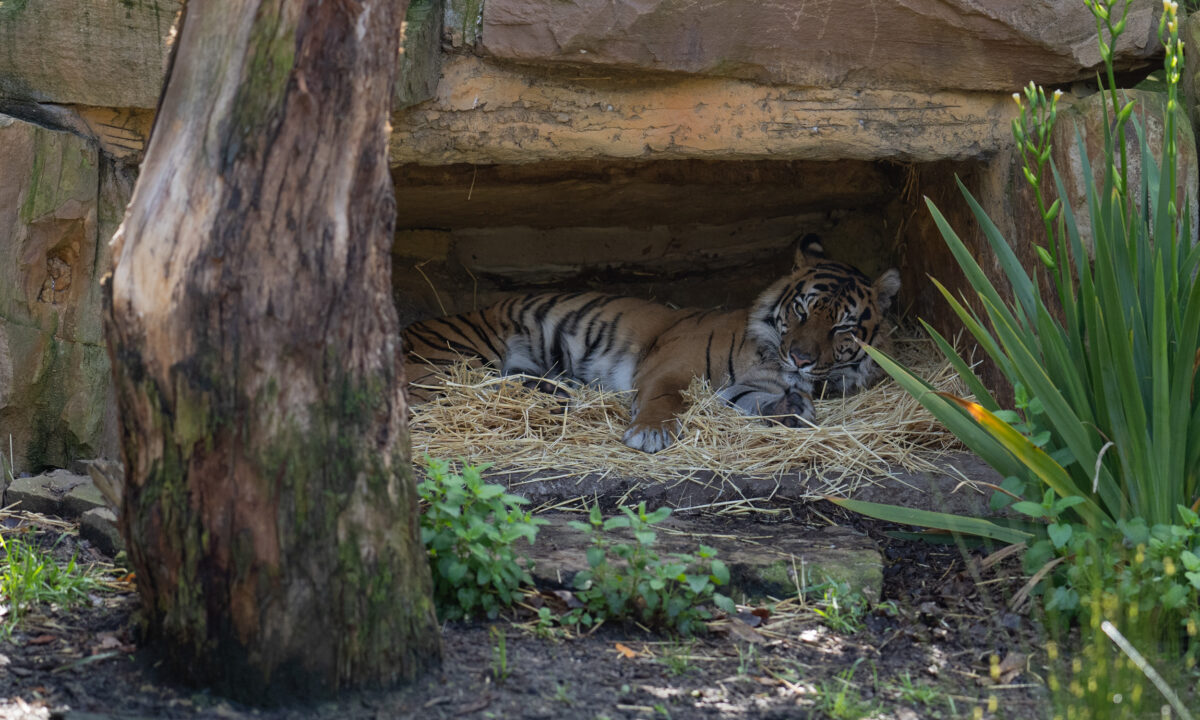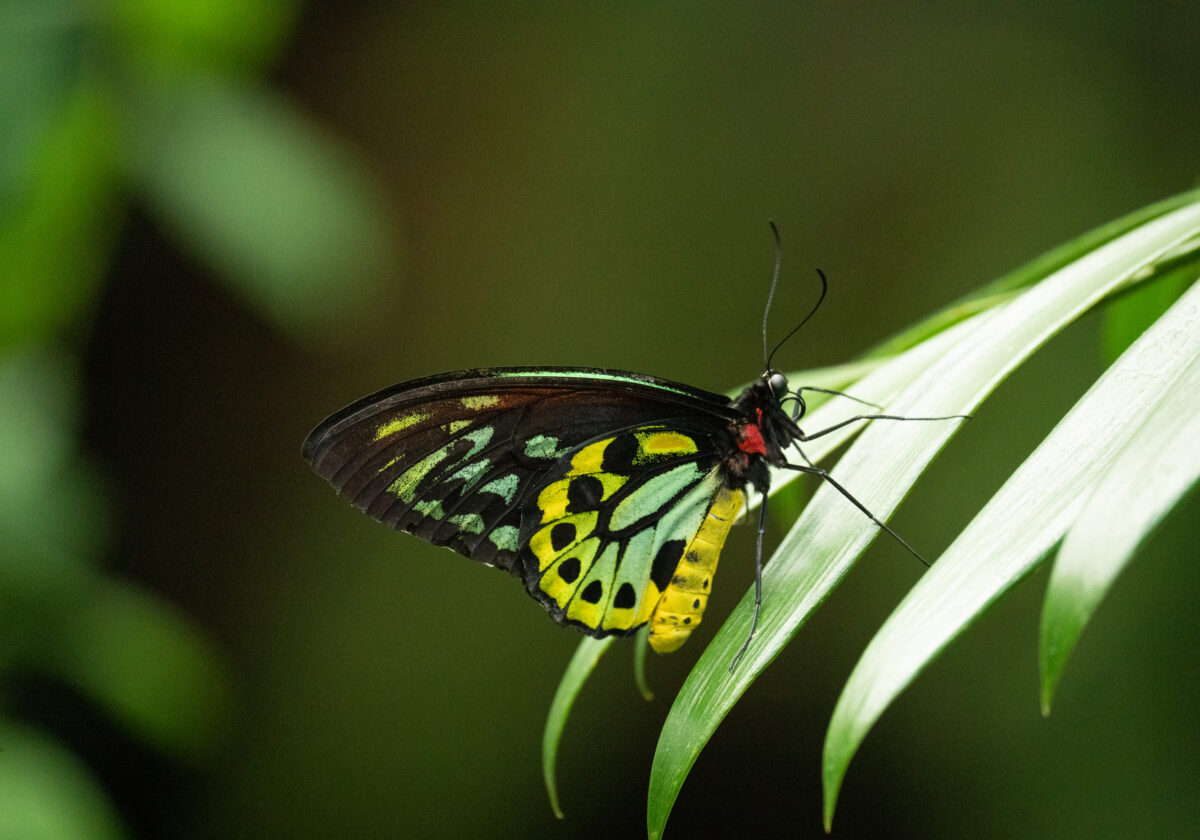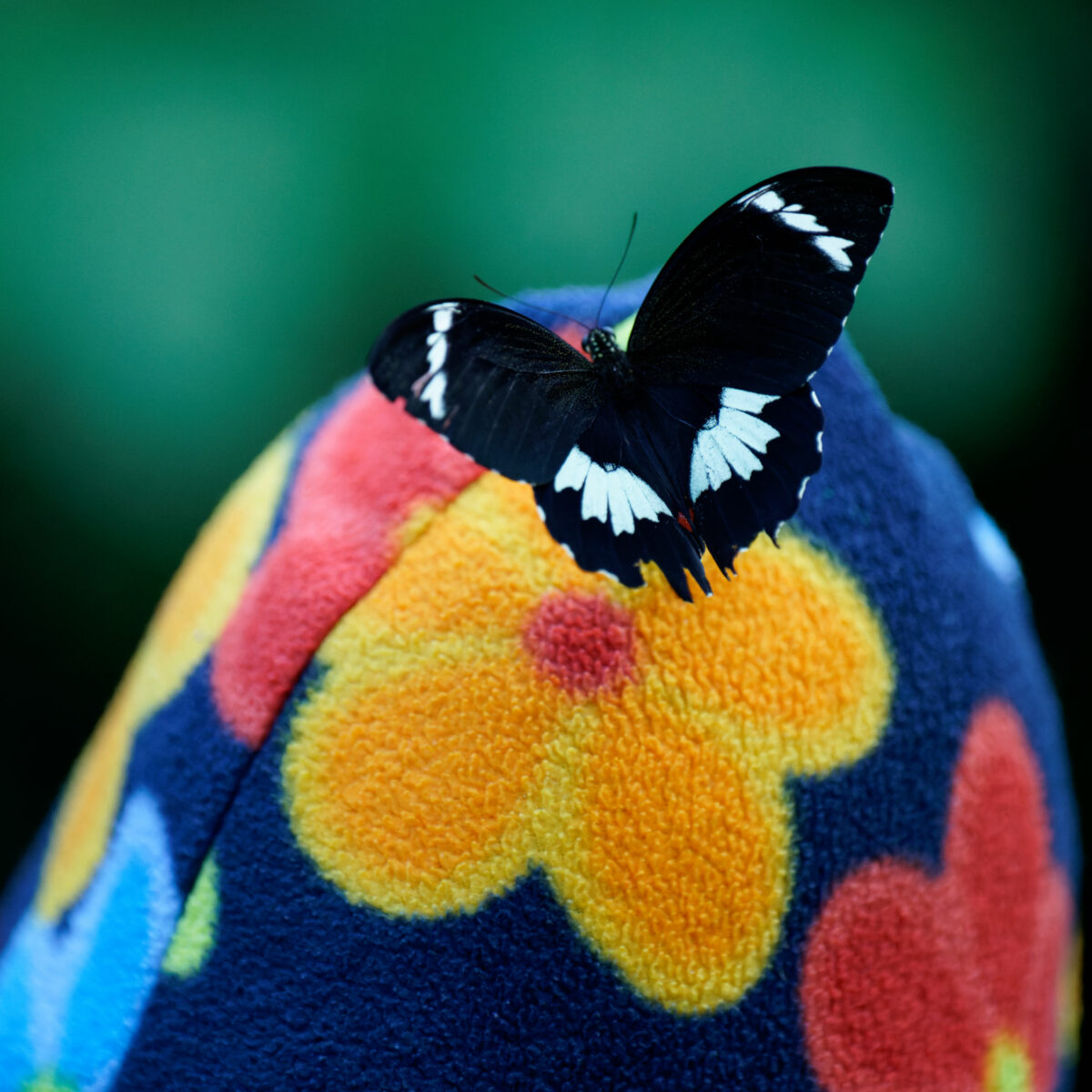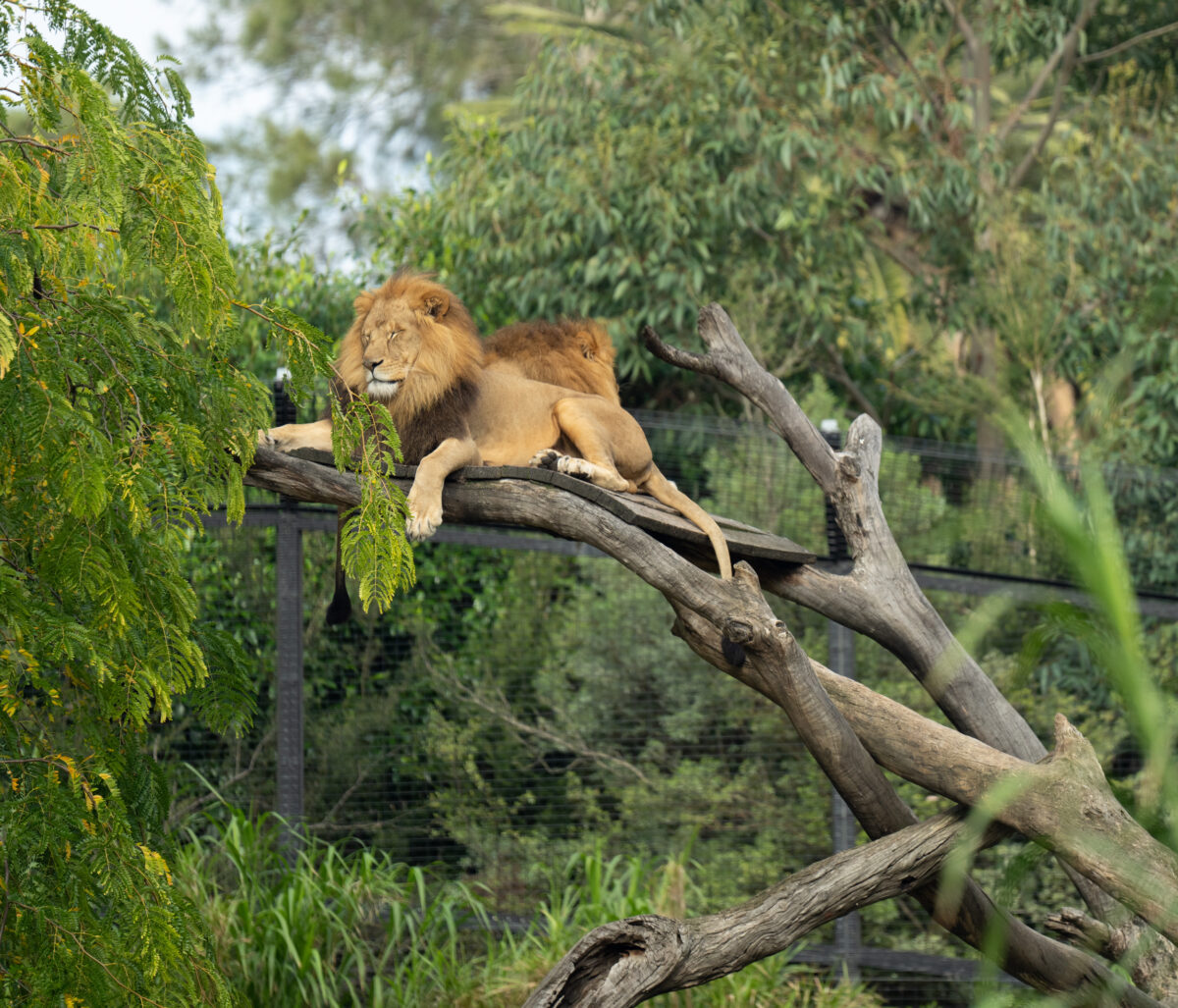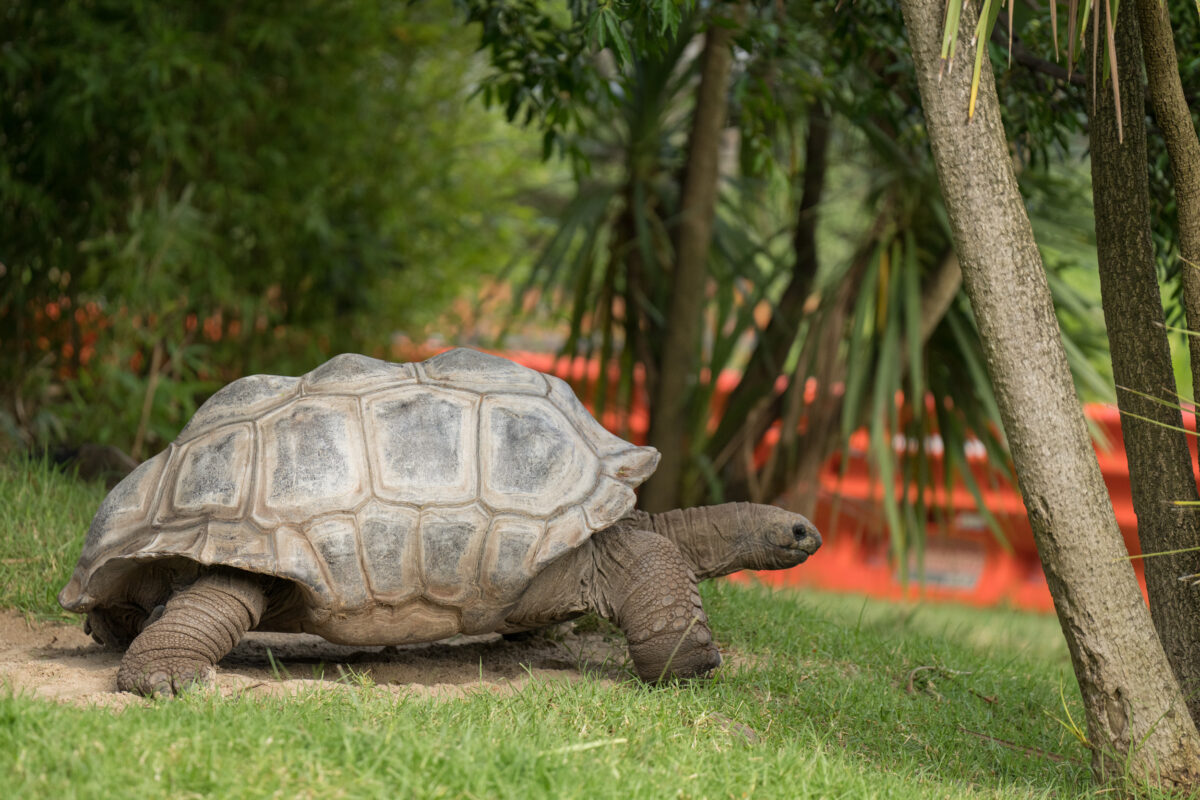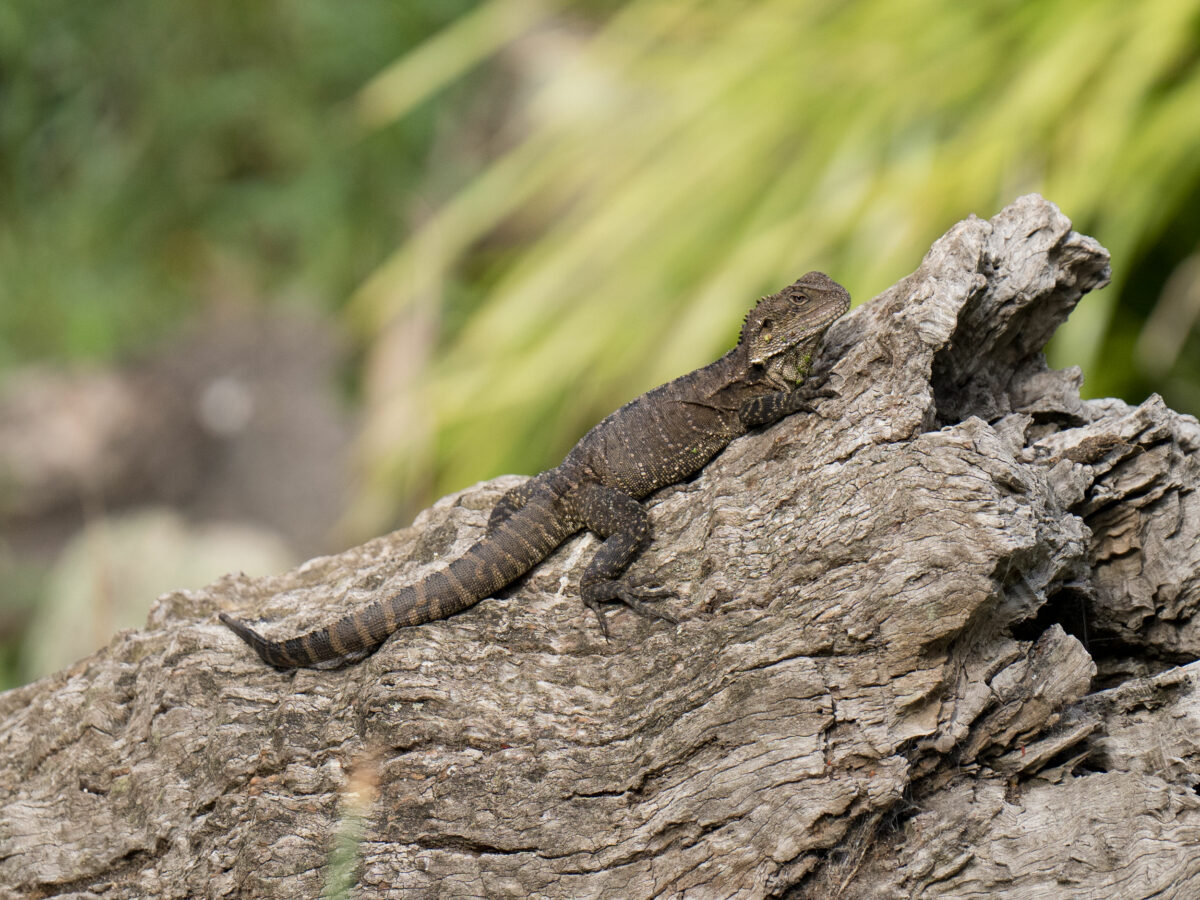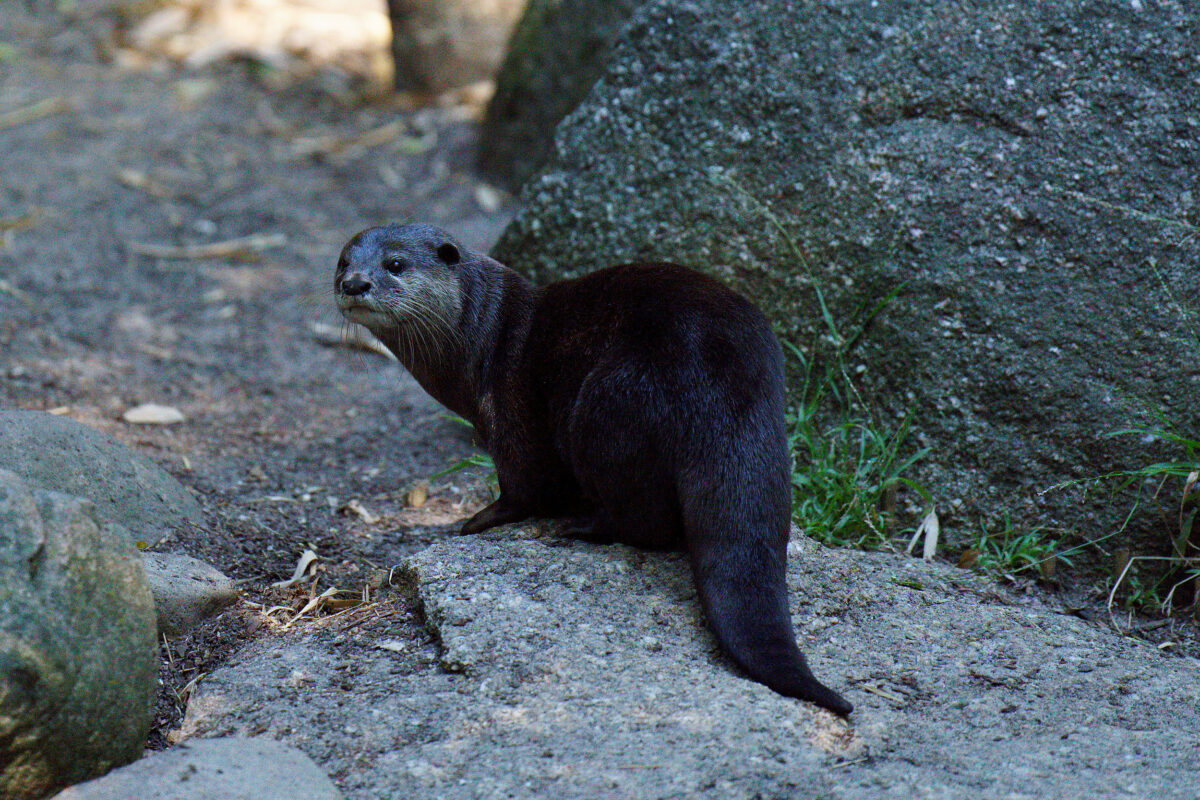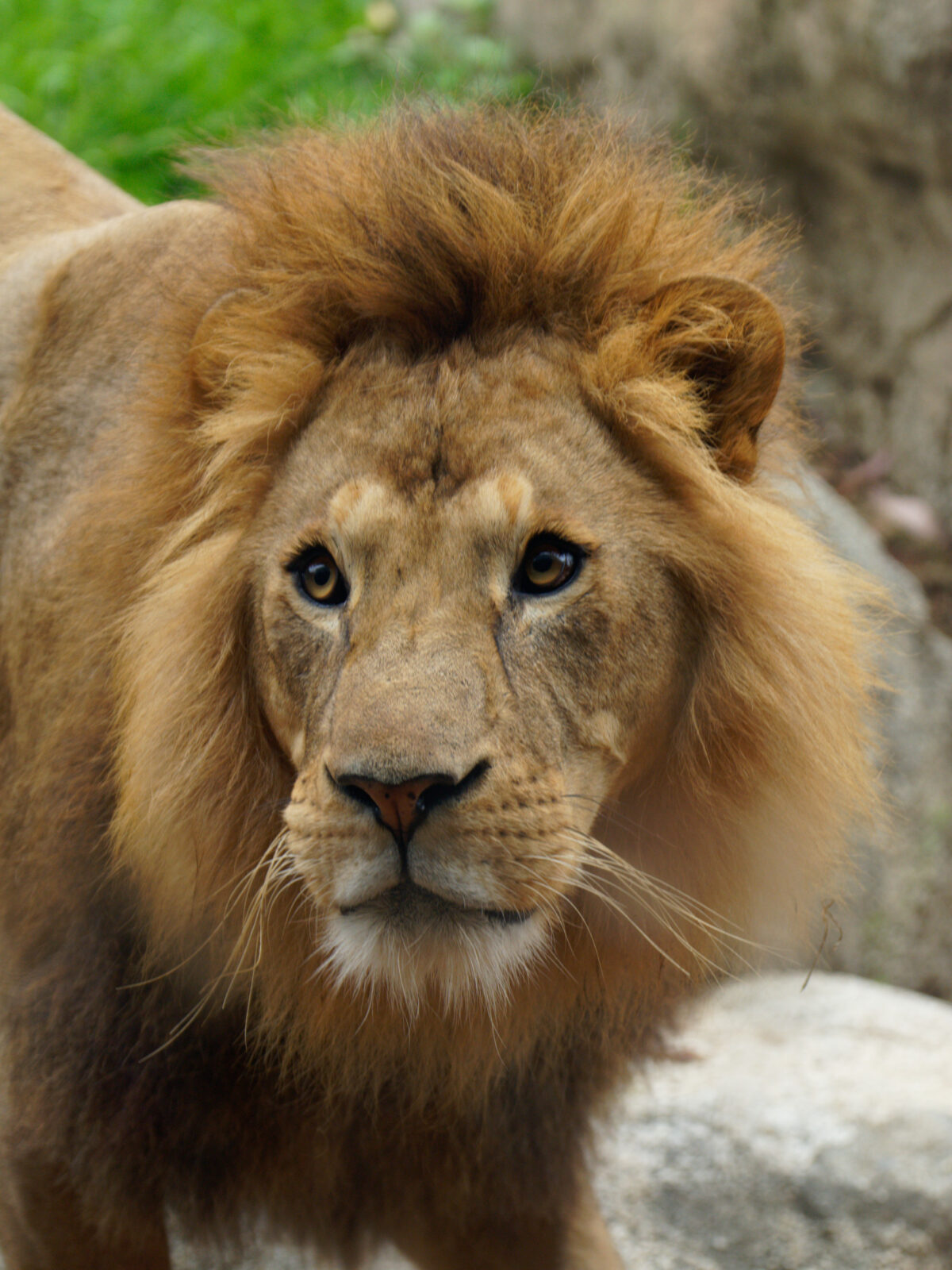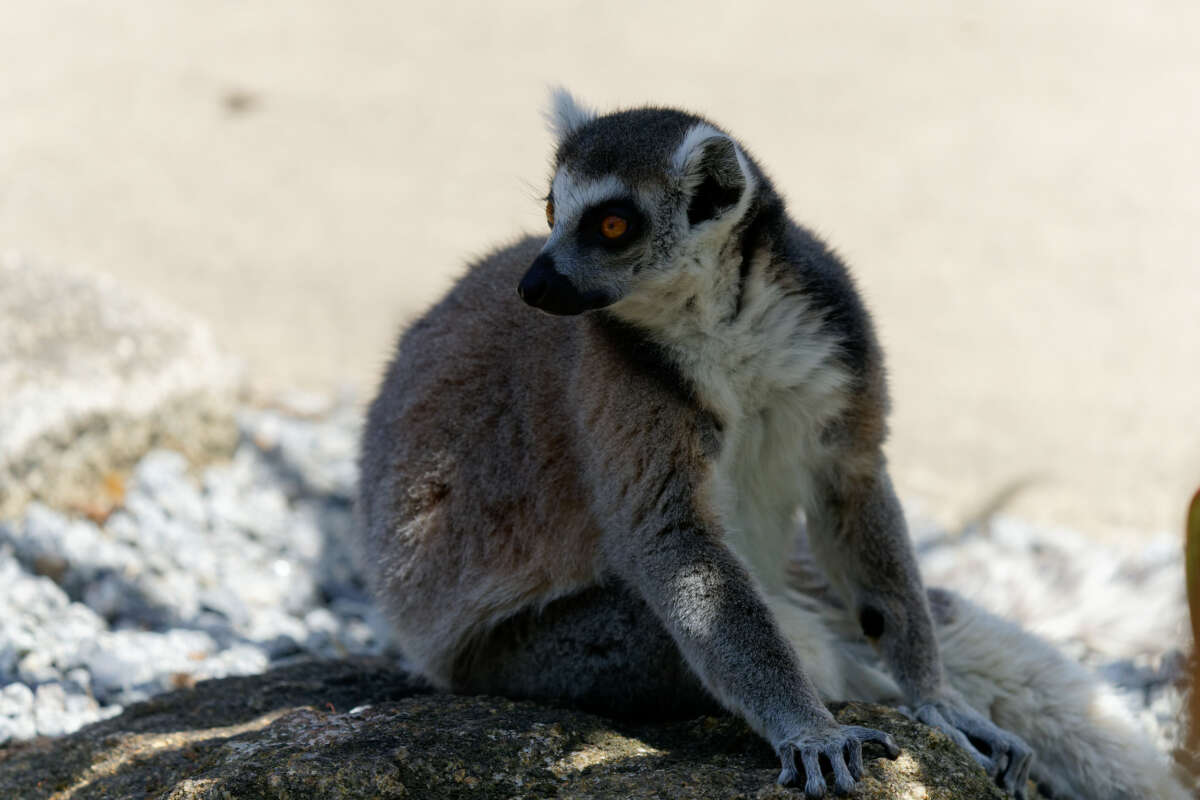To give you a bit more of a taste of the results from the new Sony A7RV I thought I’d start with one of my favourite subjects: cats. I no longer have a pet cat, so you have to settle for photographs of other cats, but they are pretty cats.
All of these were shot with the A7RV set to Animal / Bird subject recognition. Although I haven’t included any examples, I did try photographing an occasional bird in flight, and the camera showed no hesitation in switching subjects.
Serval
The servals at Werribee Zoo are shy, and we can only see them for a brief period once a day. They are not large cats, but they have long legs and use them to jump. All the shots below were taken with the Sony 70-200 f/2.8 GM II lens, wide open at f/2.8. Some are shown full-size, others are cropped to show the level of detail in the images.
The top left image in the gallery was snapped as Nunki entered the area, and the new AF found her eye without being confused by the dark shadows over her eyes and the long grass between us (you can see the grass indistinctly in the foreground). I have shown shots of servals jumping before, but I couldn’t resist showing you some more.
Lions and tigers and a snow leopard, oh, my!
Now a selection of other images, some taken with the 70-200 GM II, and some with the 200-600 G. One thing they share is that every one of them was shot with the lens wide open.
The first image was taken with the 200-600 G + 2x teleconverter at 486mm (243mm on the lens), with the lens wide open at f/11. This image is not cropped.
A different day, and we see a lioness enjoying a cooling block of ice with meat frozen in it. This was shot using the 70-200 GM II at 182mm, wide open at f/2.8 (the difference in bokeh is obvious). The eye is razor sharp despite her being in deep shade, with a much brighter background. This is a 6000×4000 crop from the original 9504×6336.
The male tiger at Melbourne Zoo, taken with the 200-600mm G, this time without a teleconverter, wide open at f/6.3, at 360mm. This is a heavy crop from a landscape shot into a portrait image, but there’s plenty of detail visible. I should point out that this was taken in fairly heavy shadow (the Brightness Value in the EXIF data was 0.19, far lower than the other images), with the ISO racking up to 12800, and the shutter speed dropping to 1/125 – suggesting that maybe I was finally giving the new IBIS a little bit of work.
Staying with Melbourne Zoo, but now the female tiger, female snow leopard, and one of the bachelor lions, all shot with the 70-200mm GM II wide open at f/2.8 at 200mm. Only the snow leopard shot is cropped, because she was right up the back of her enclosure (you can see the pipe behind her which provides a cooling mist when it’s too hot for her).
To be honest, I could probably have taken these images with the A1 or the A7R4, but the A7R5 makes it easier with its superb animal recognition and eye AF.
